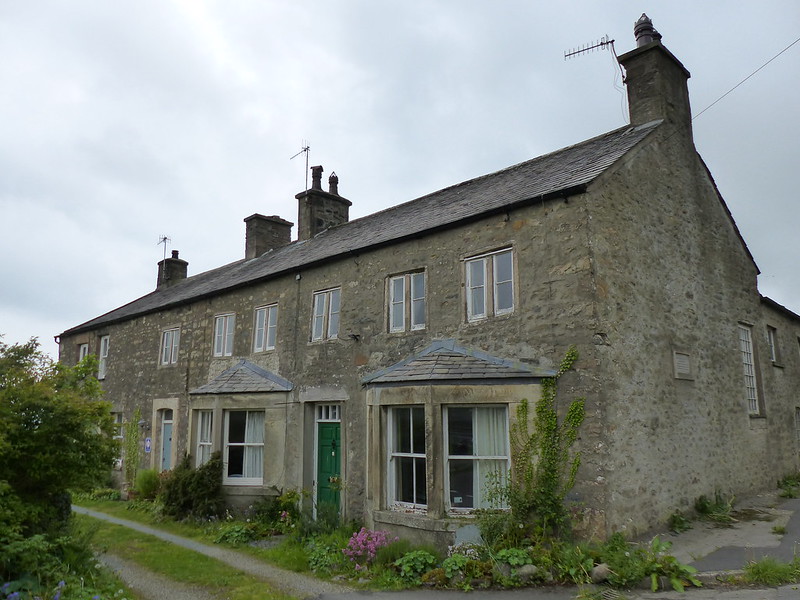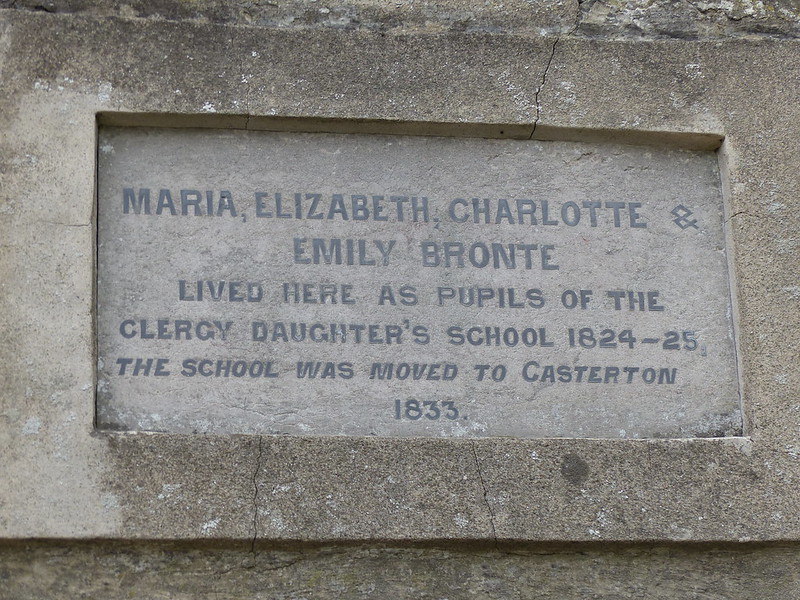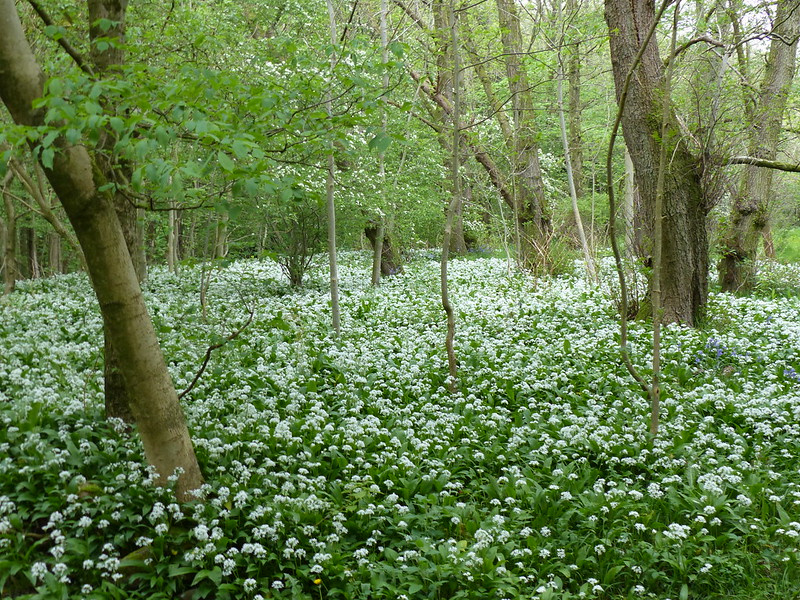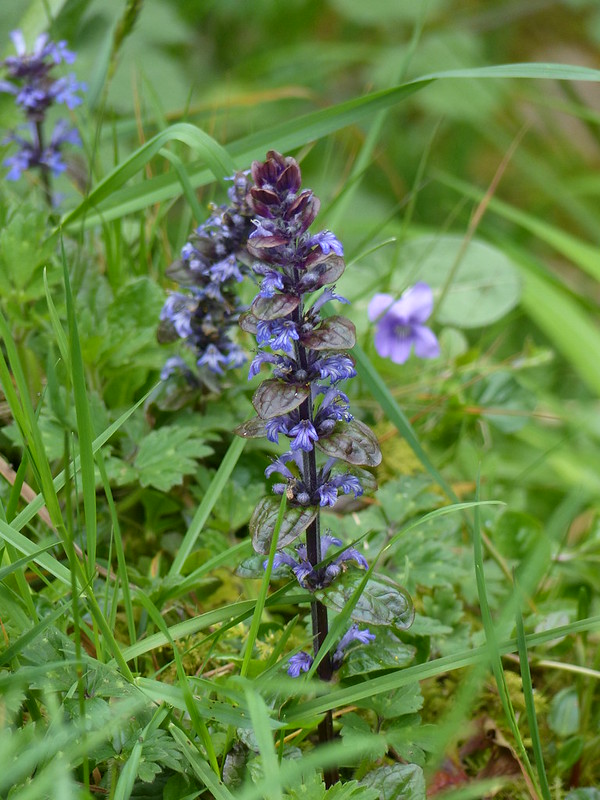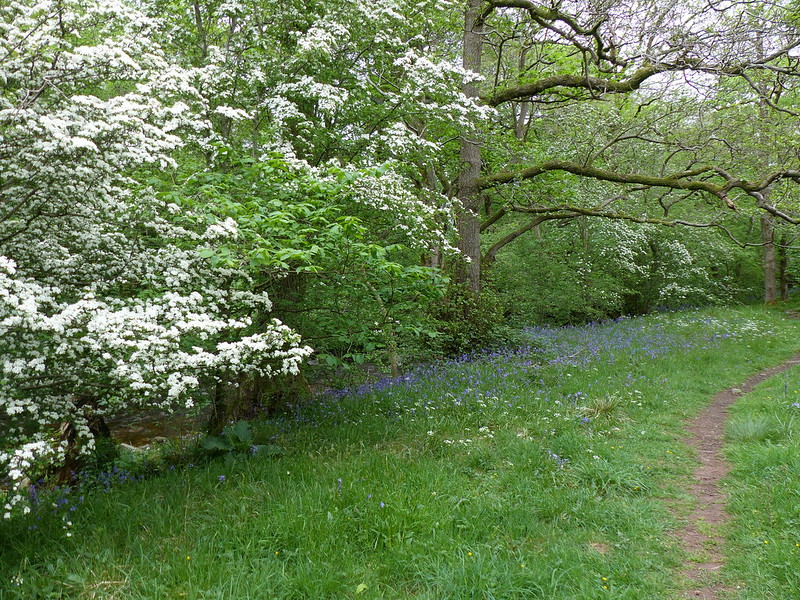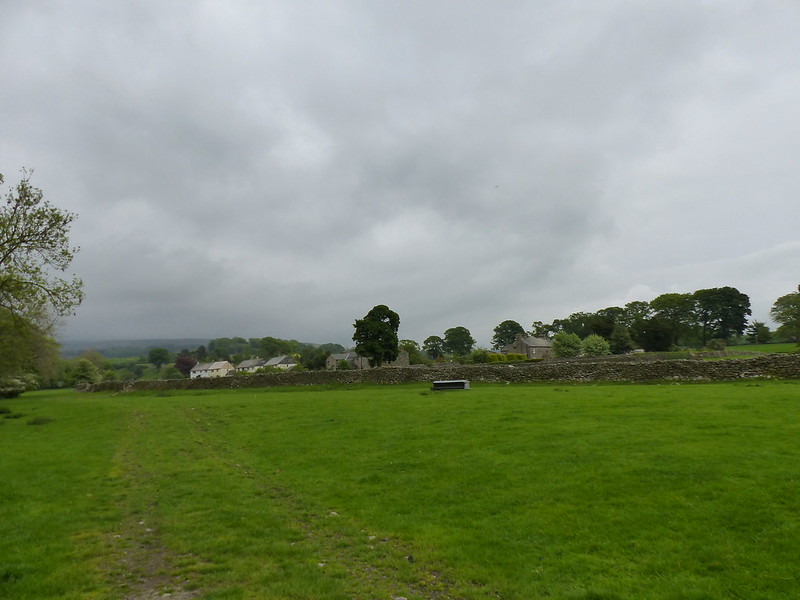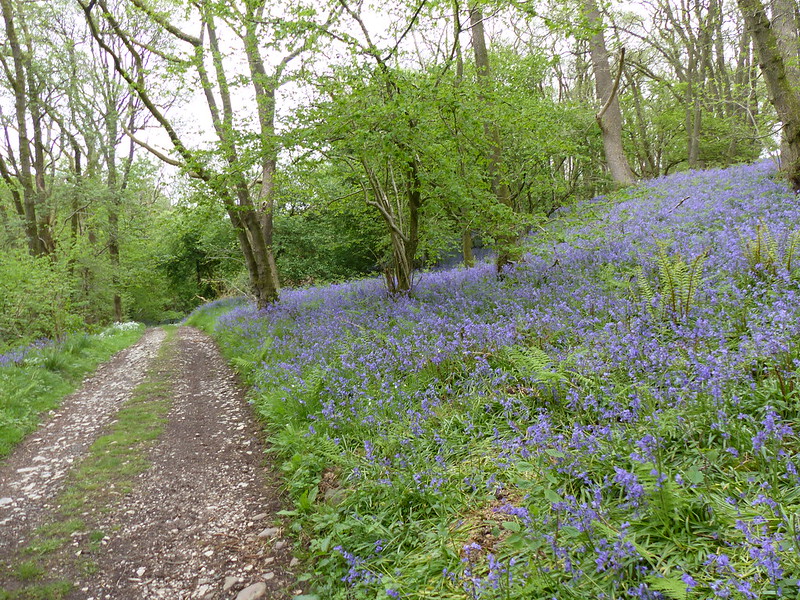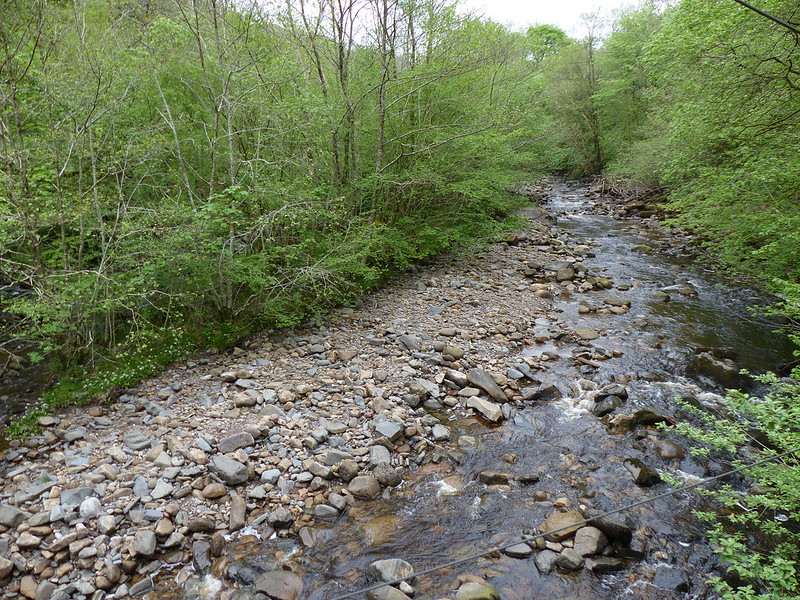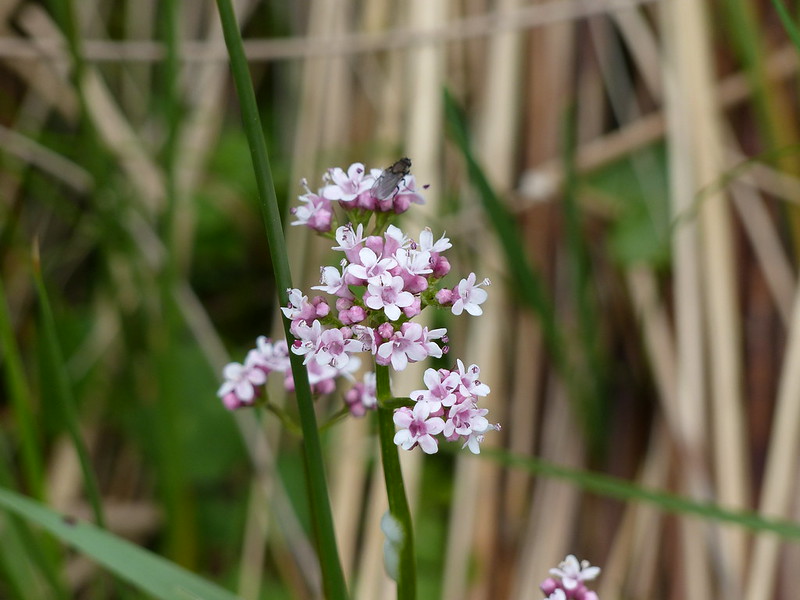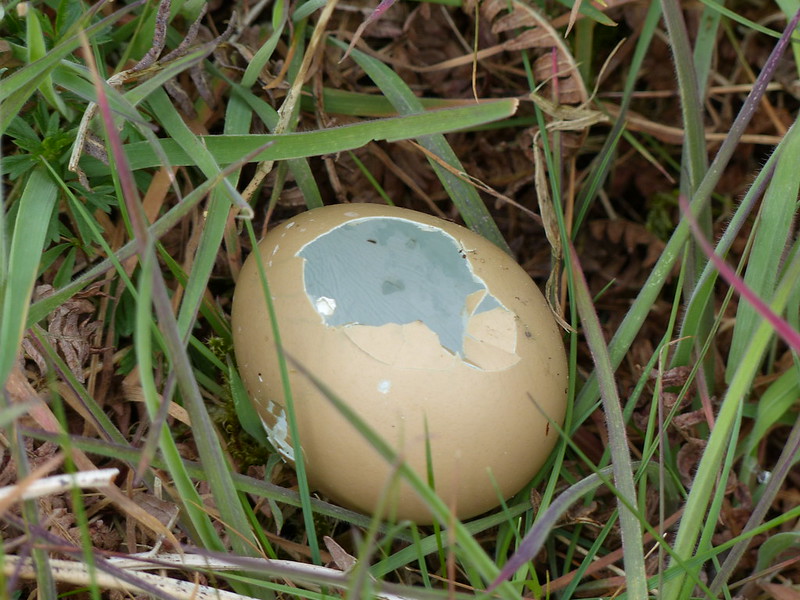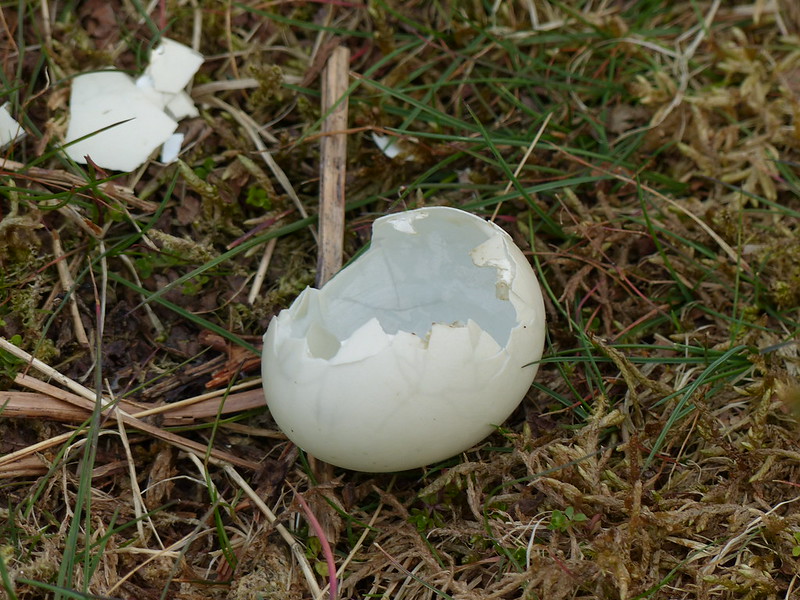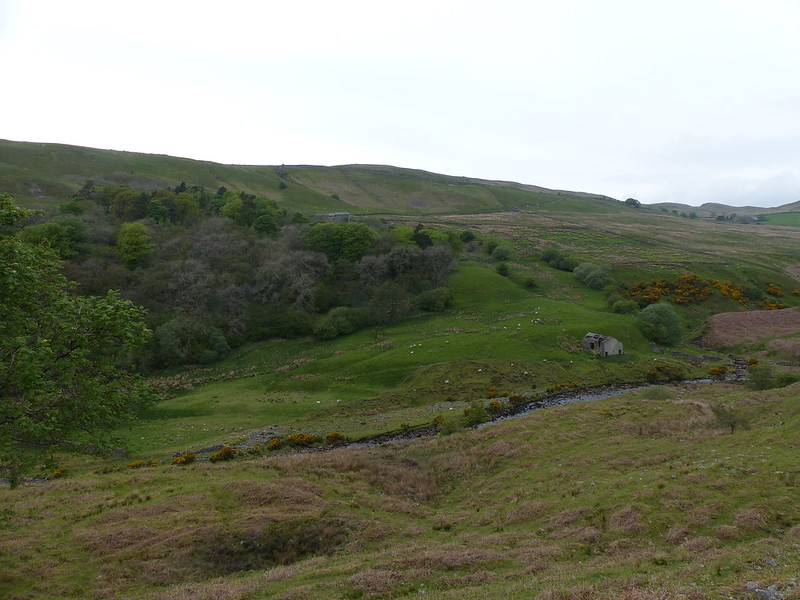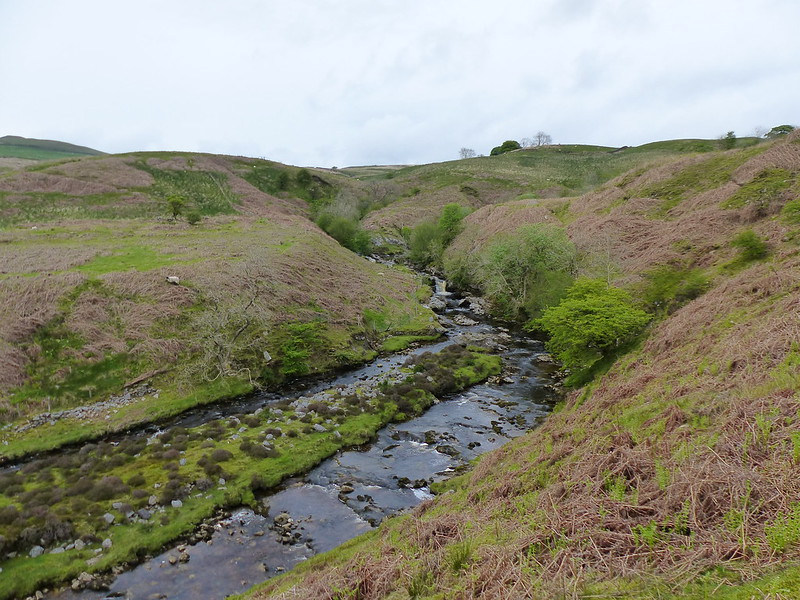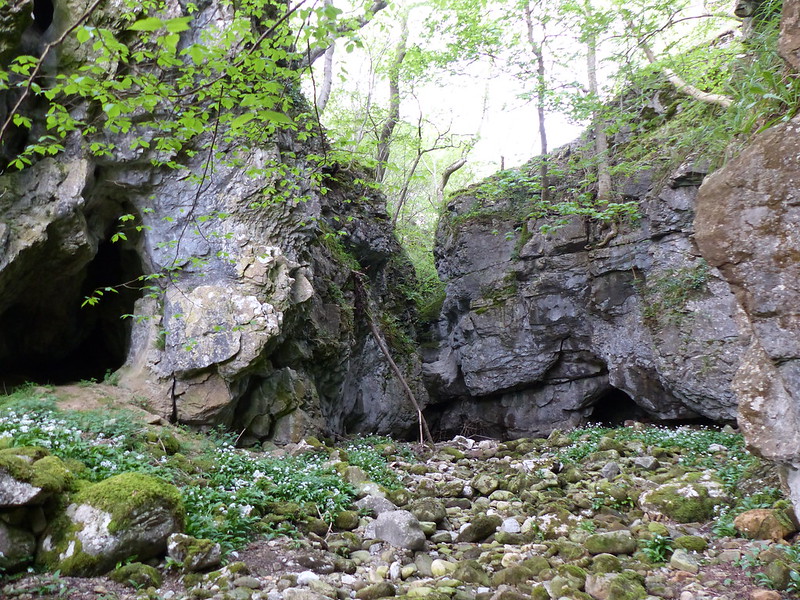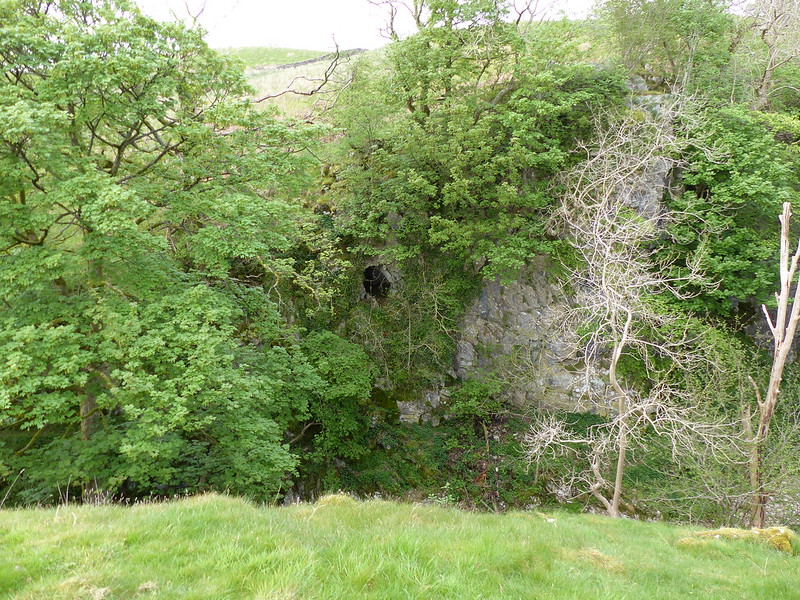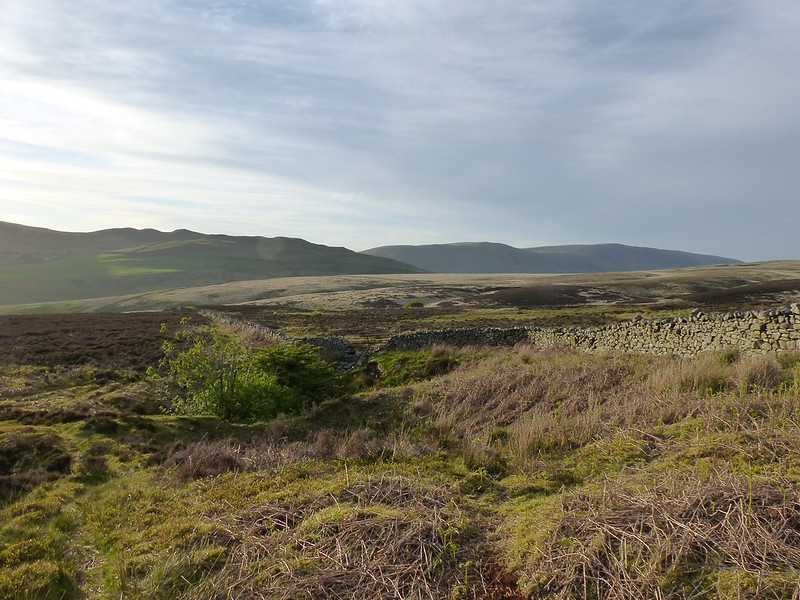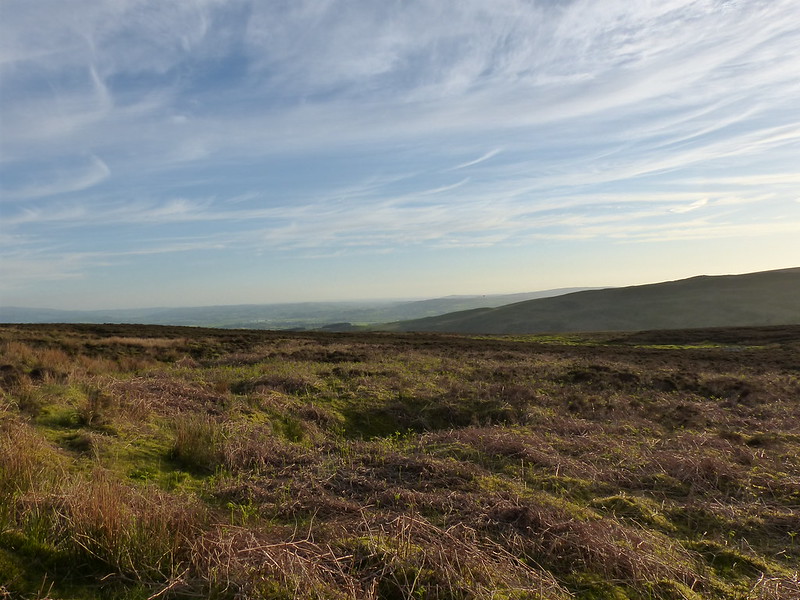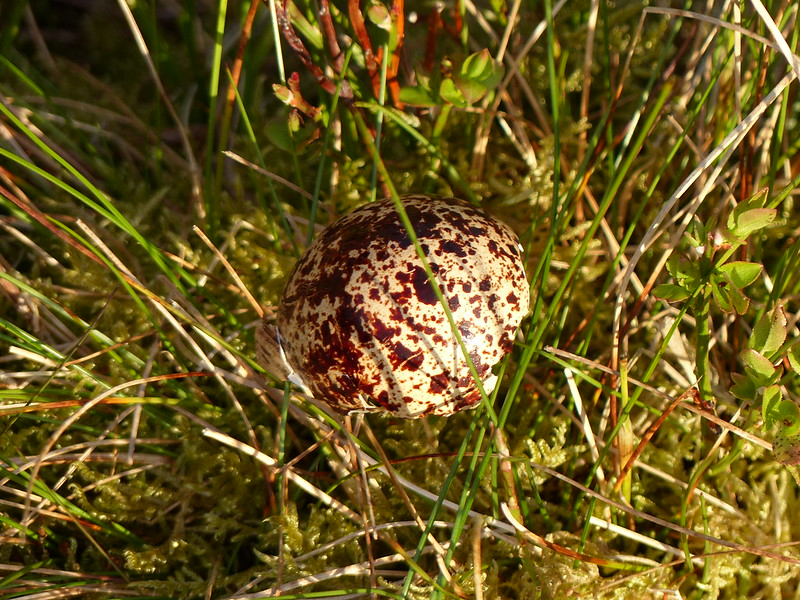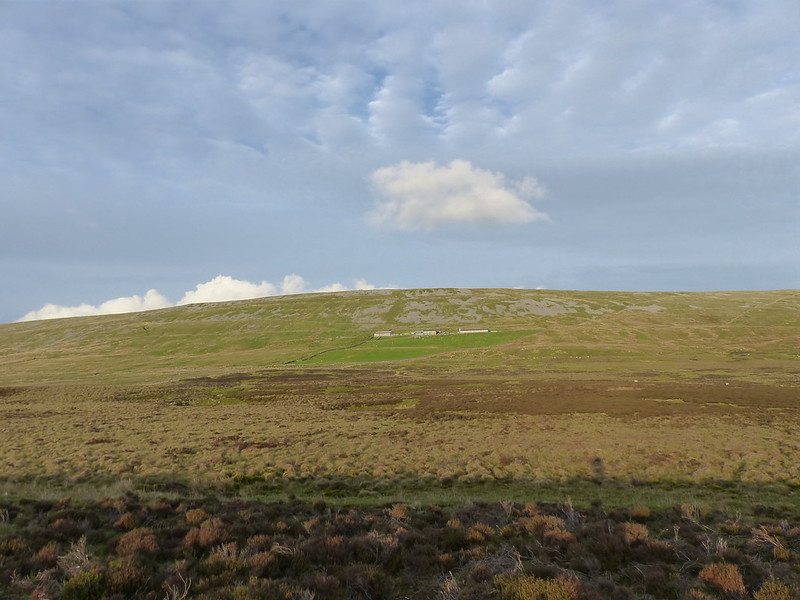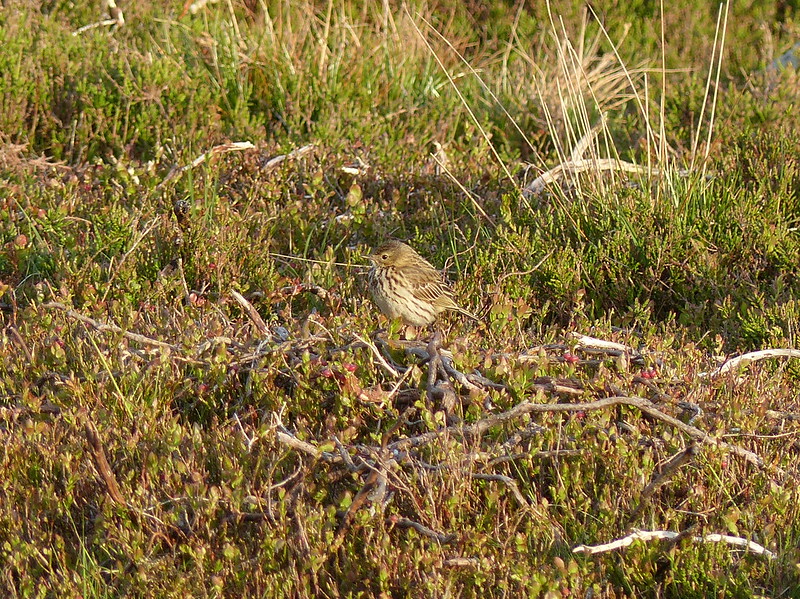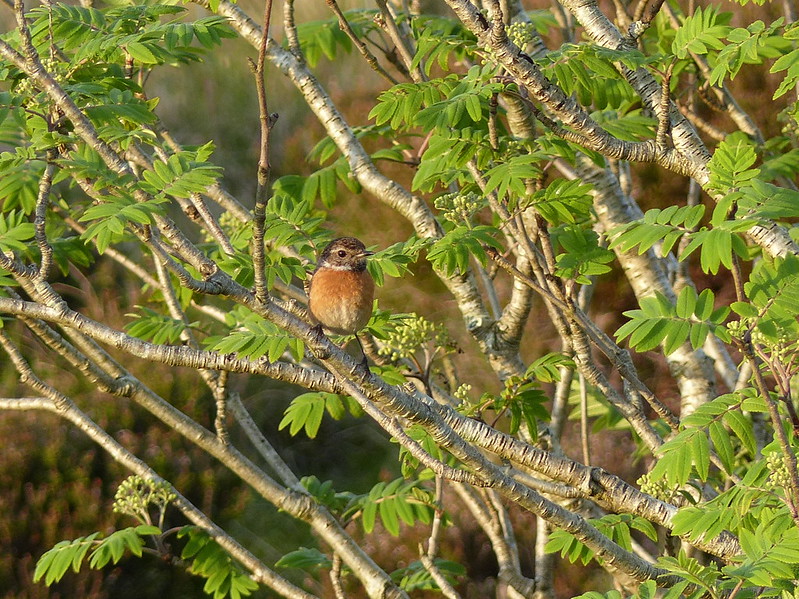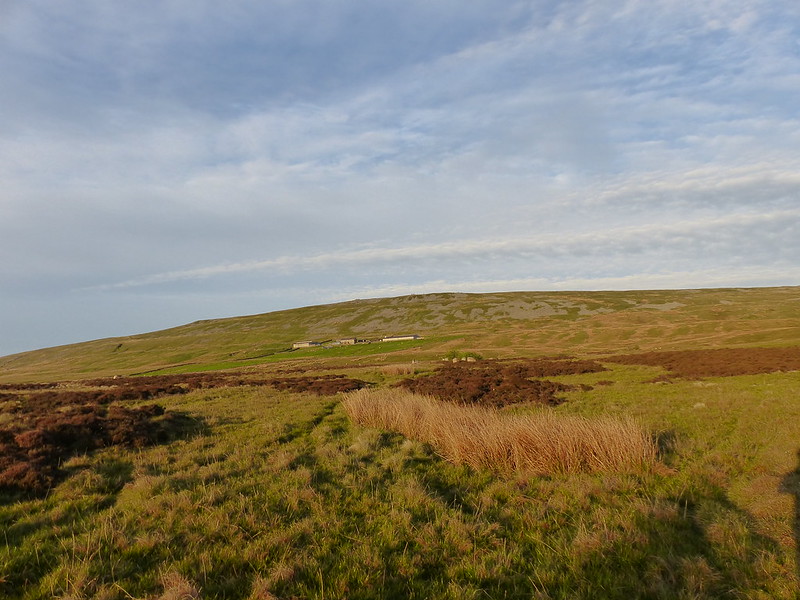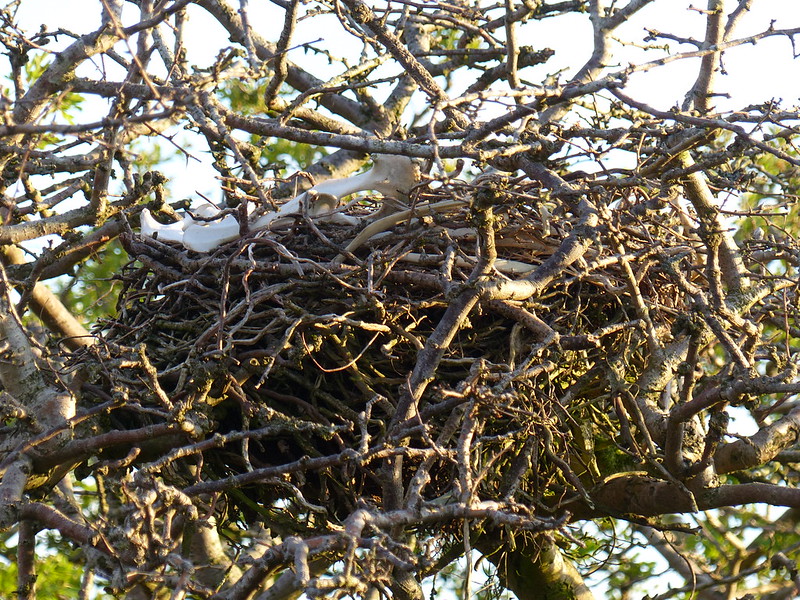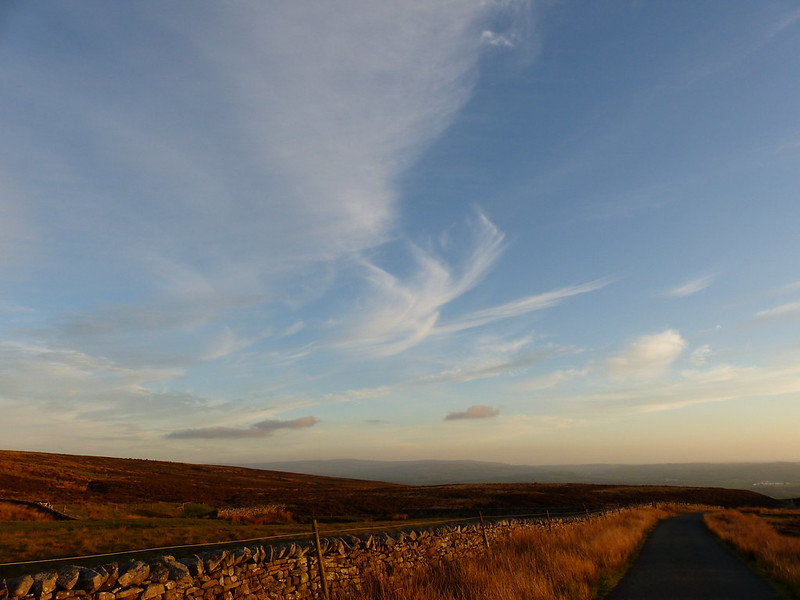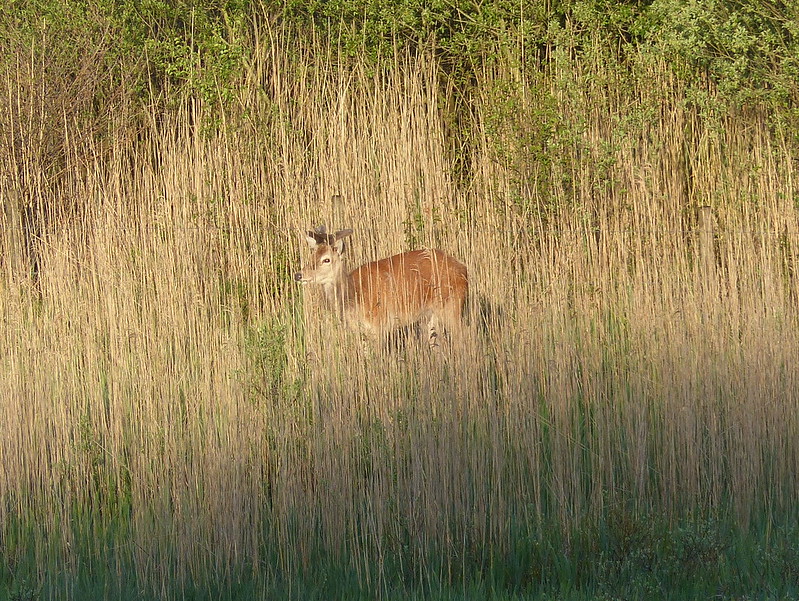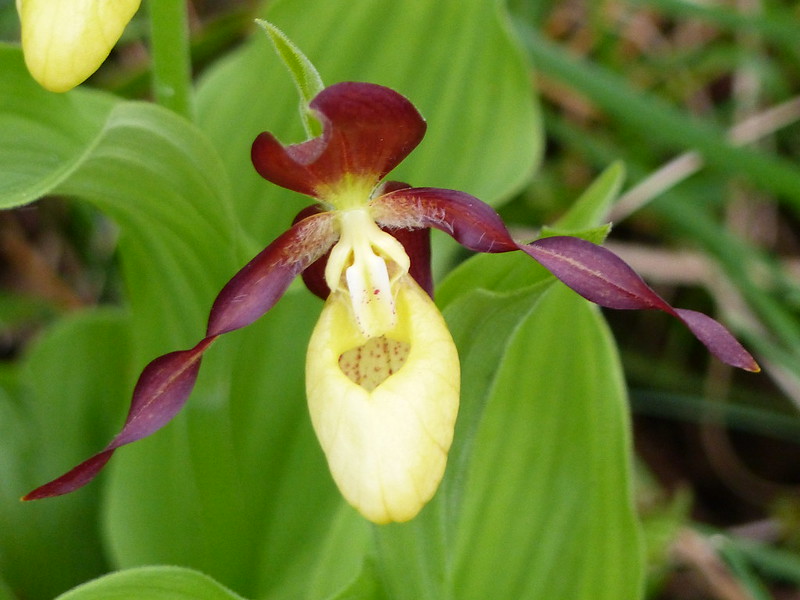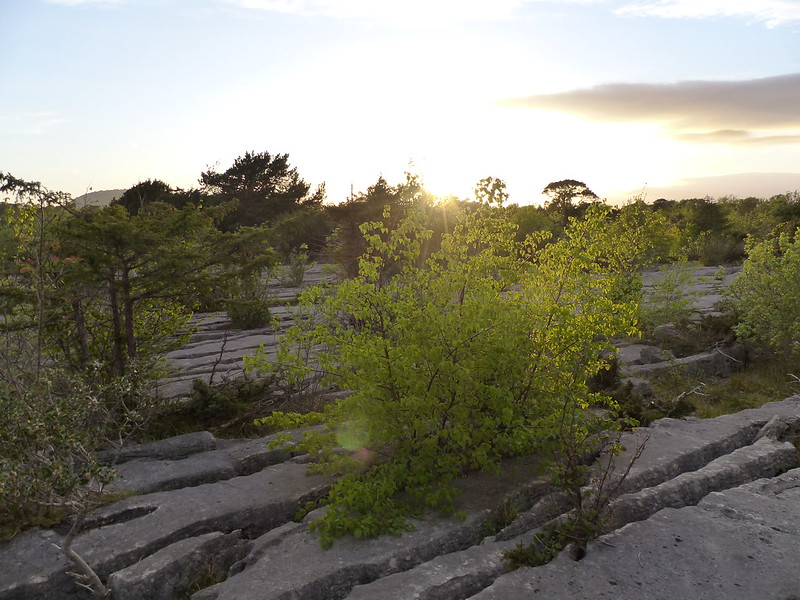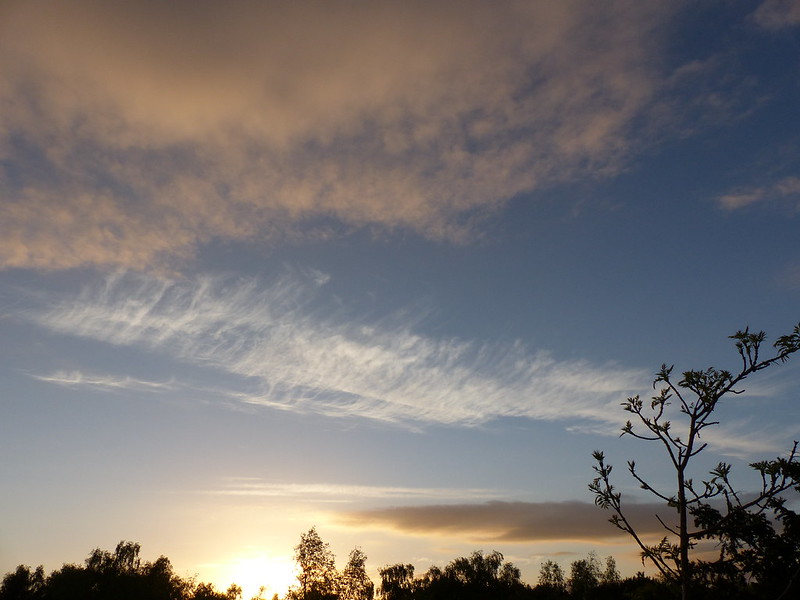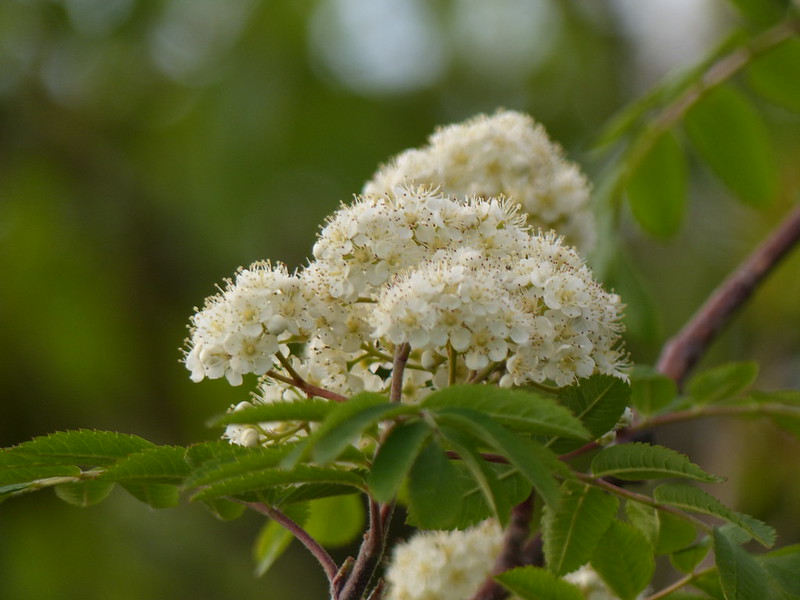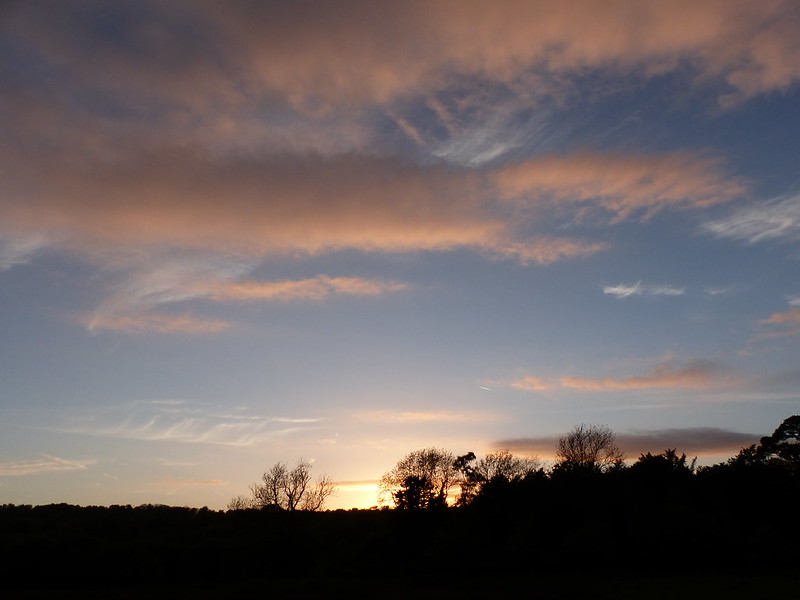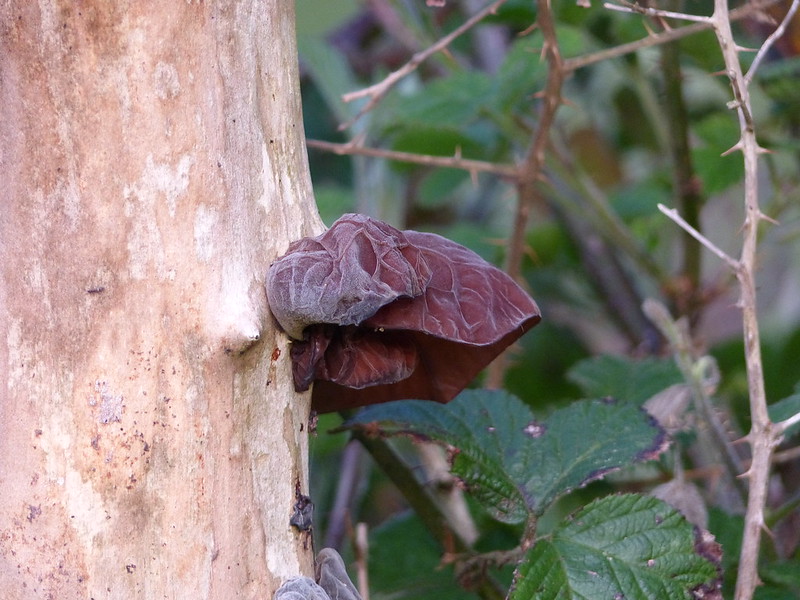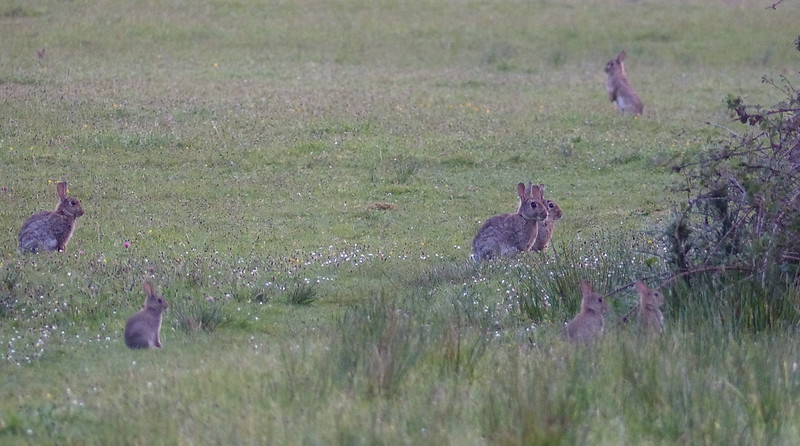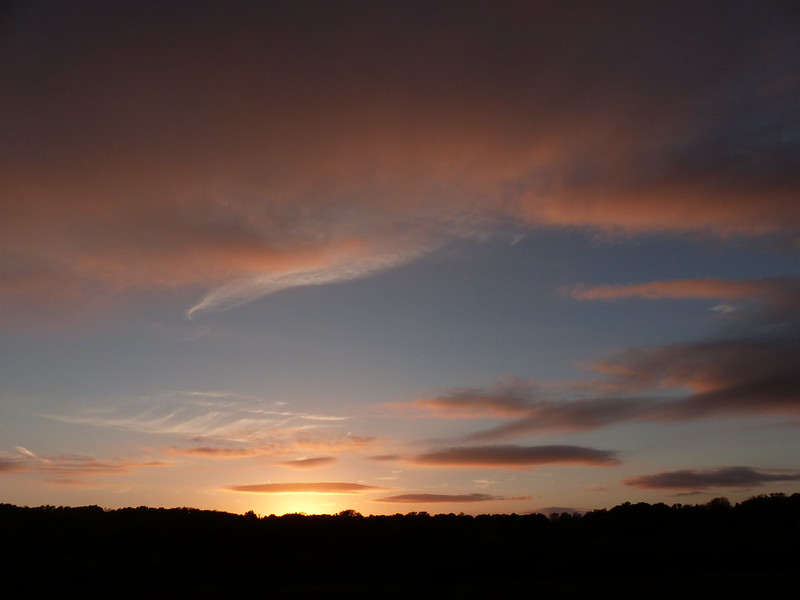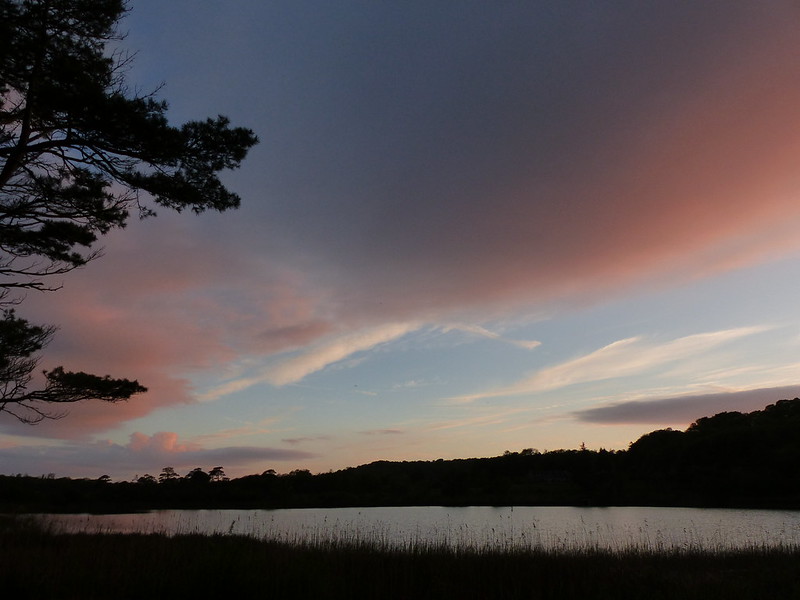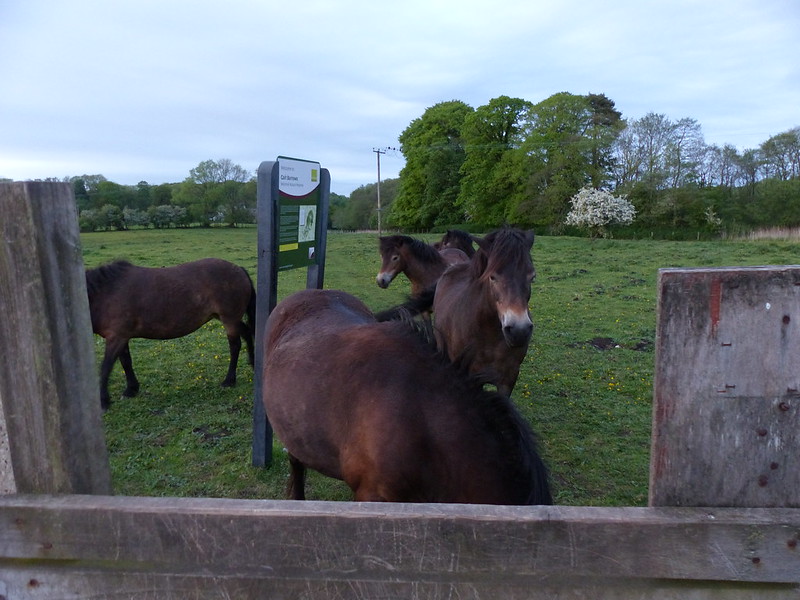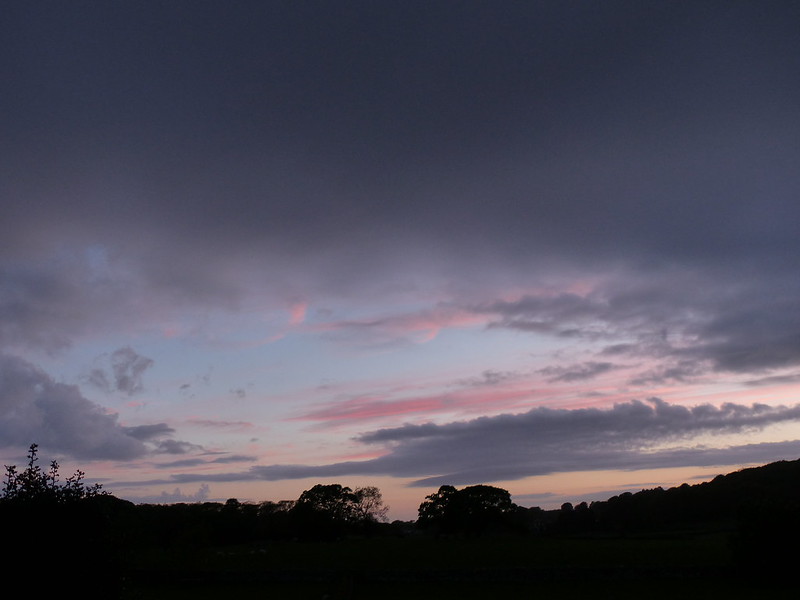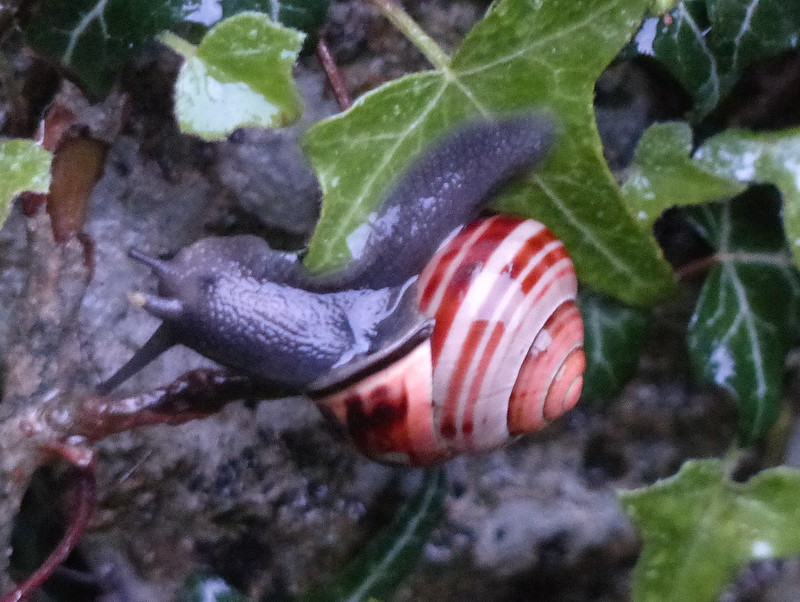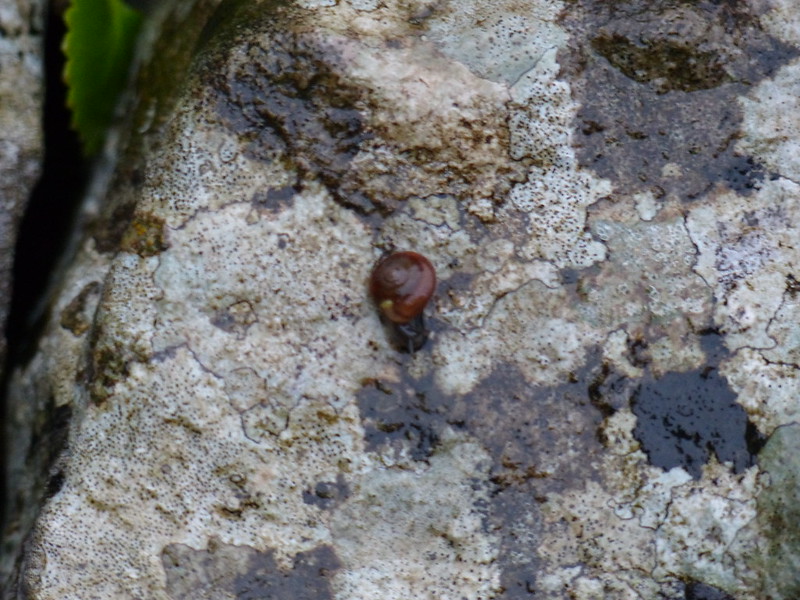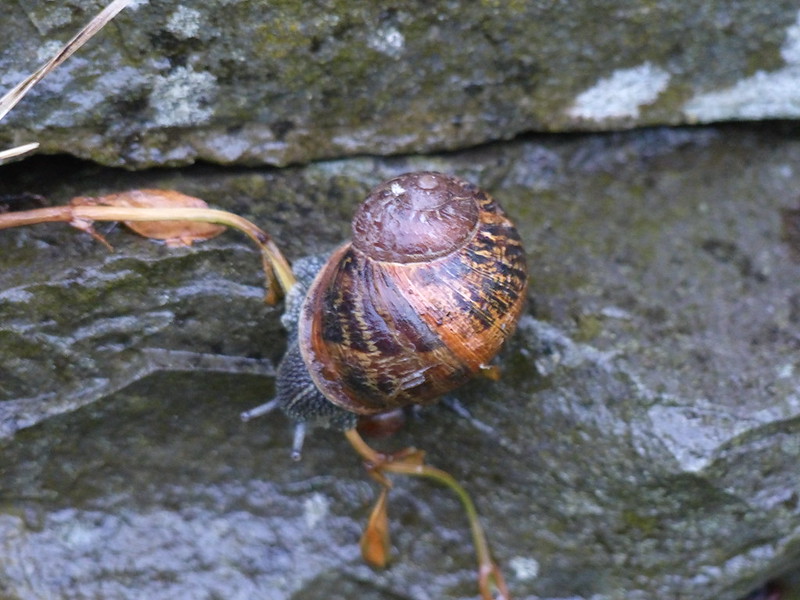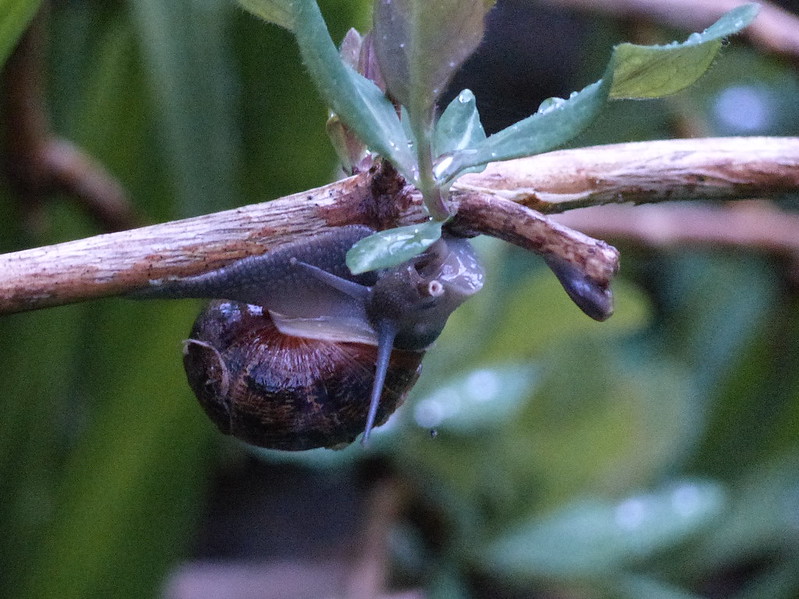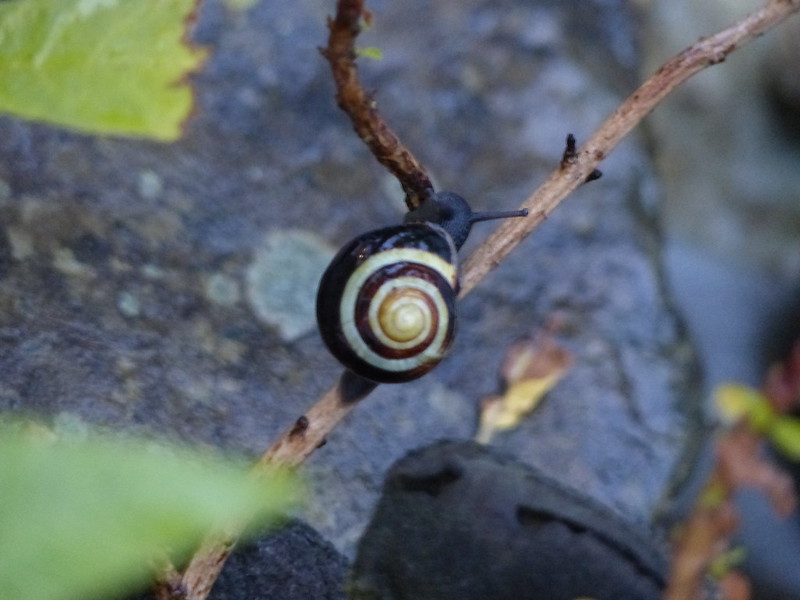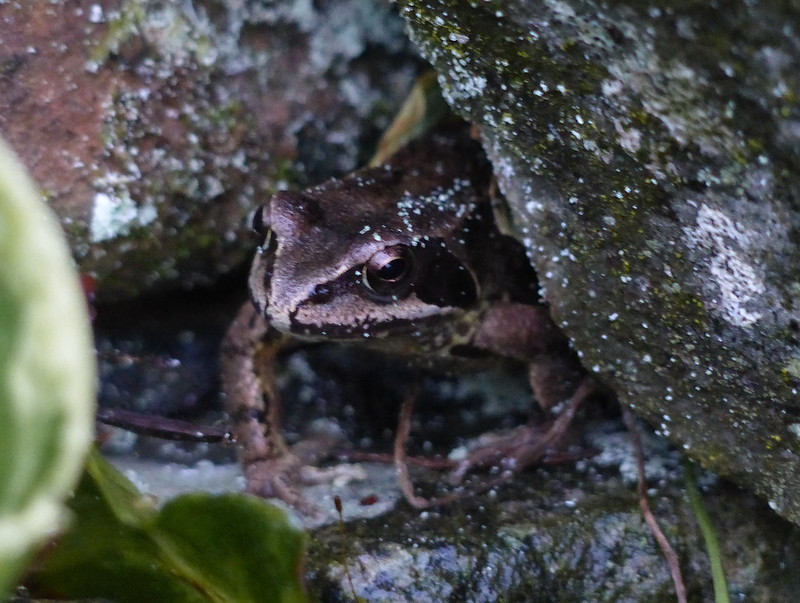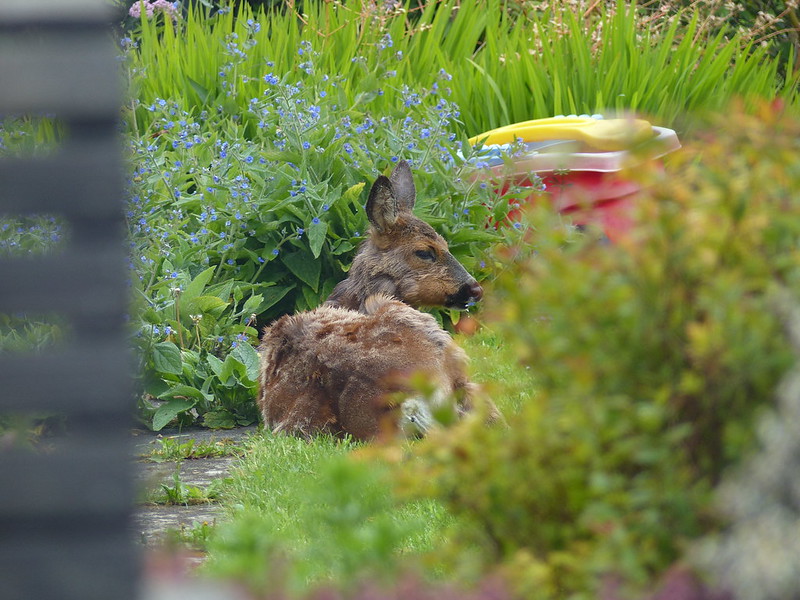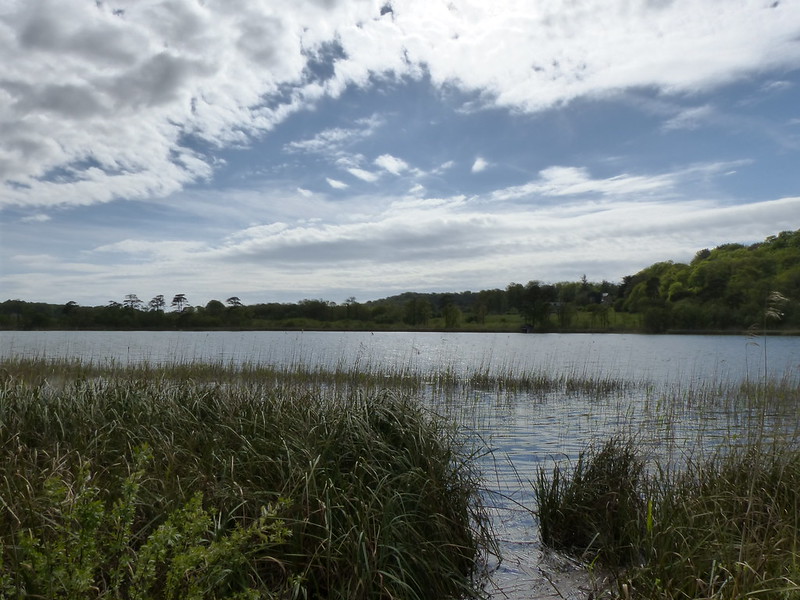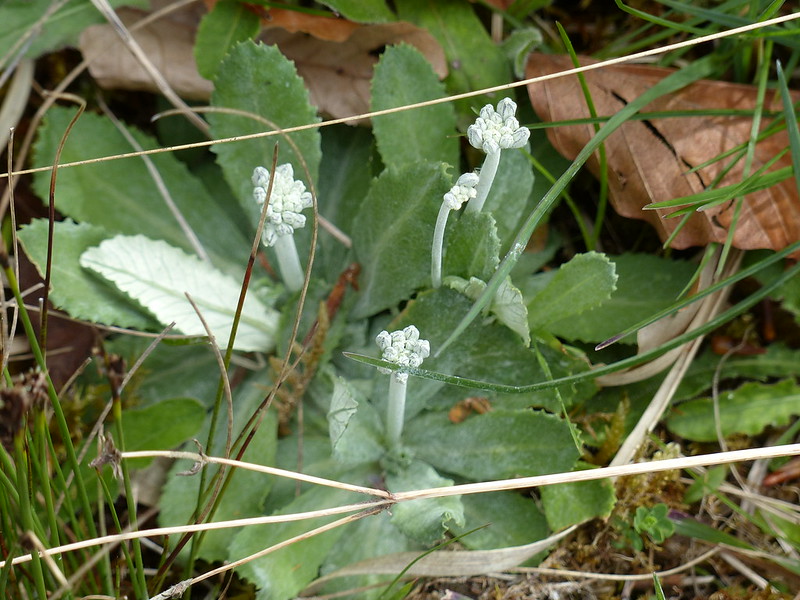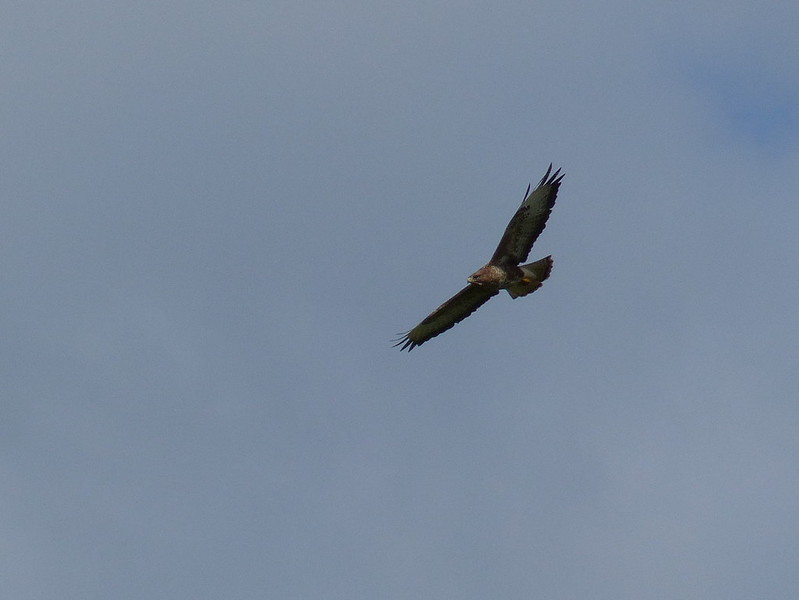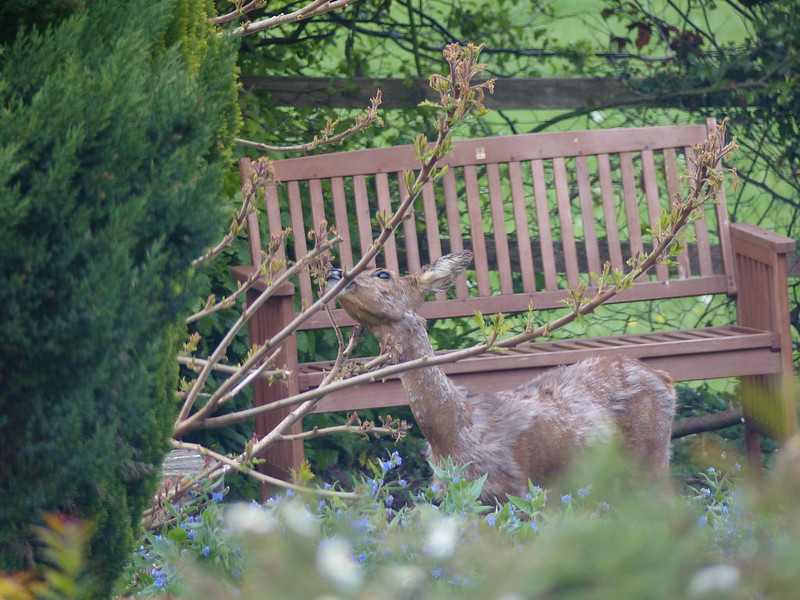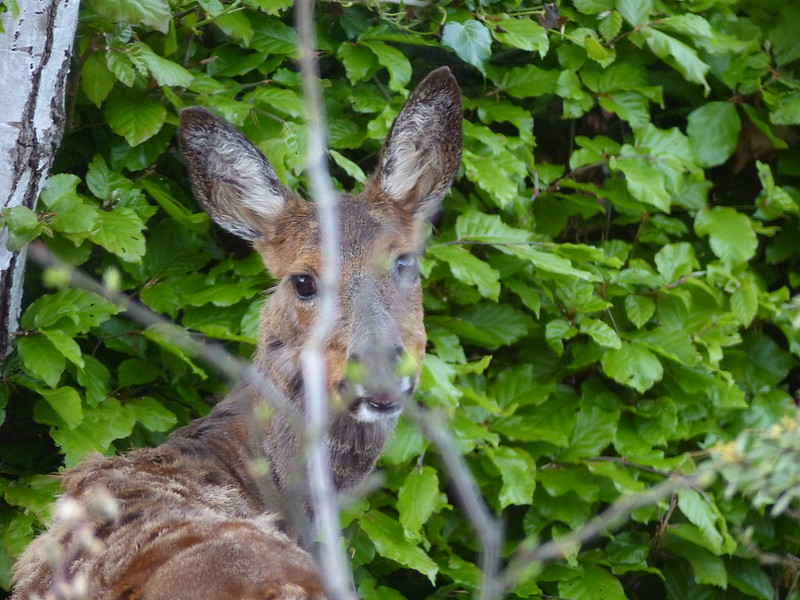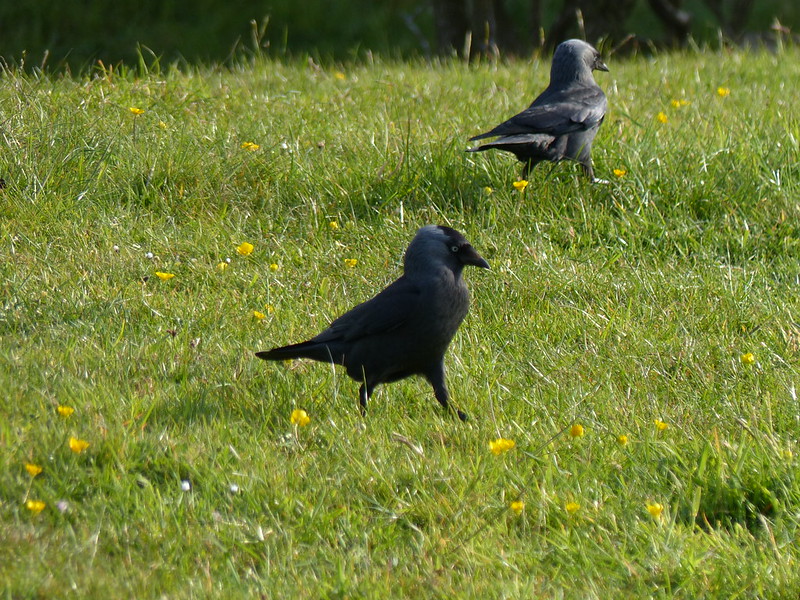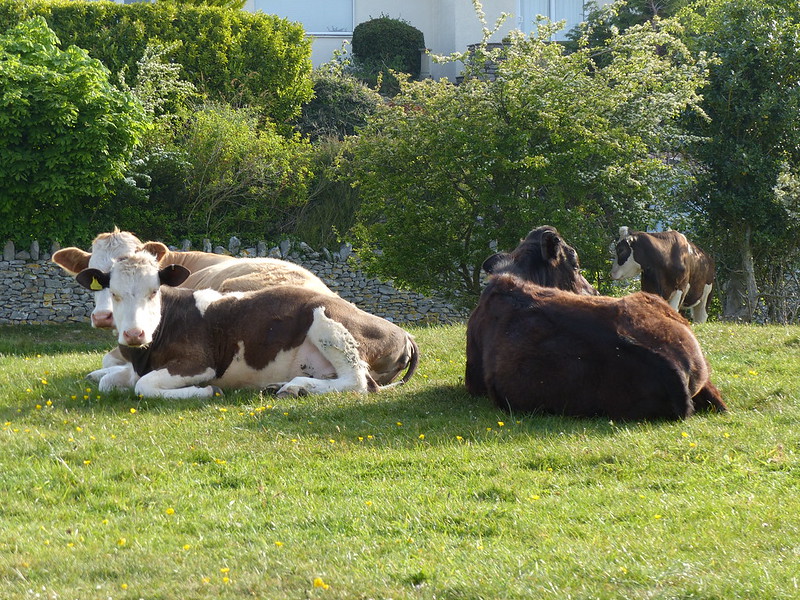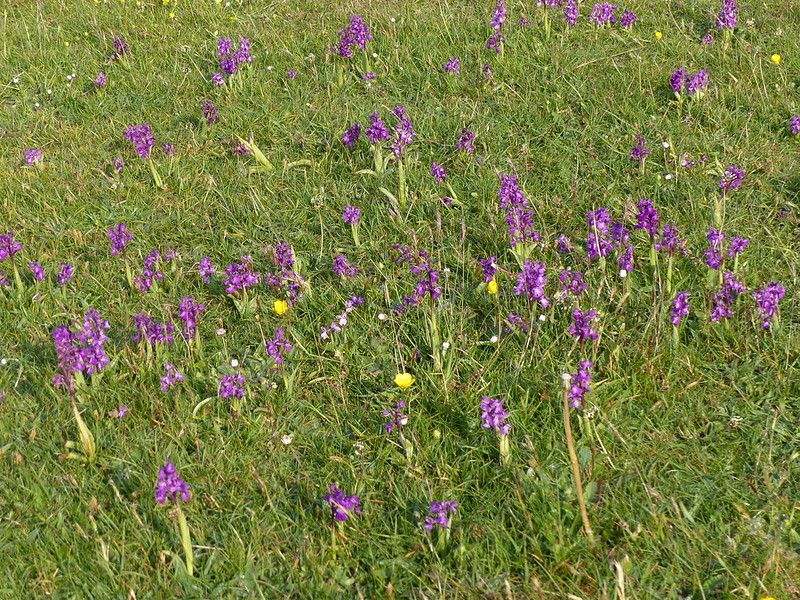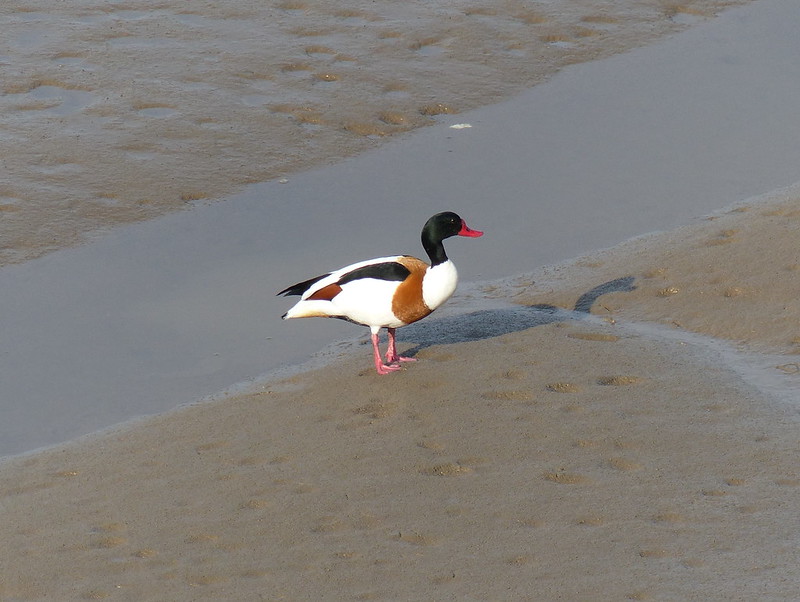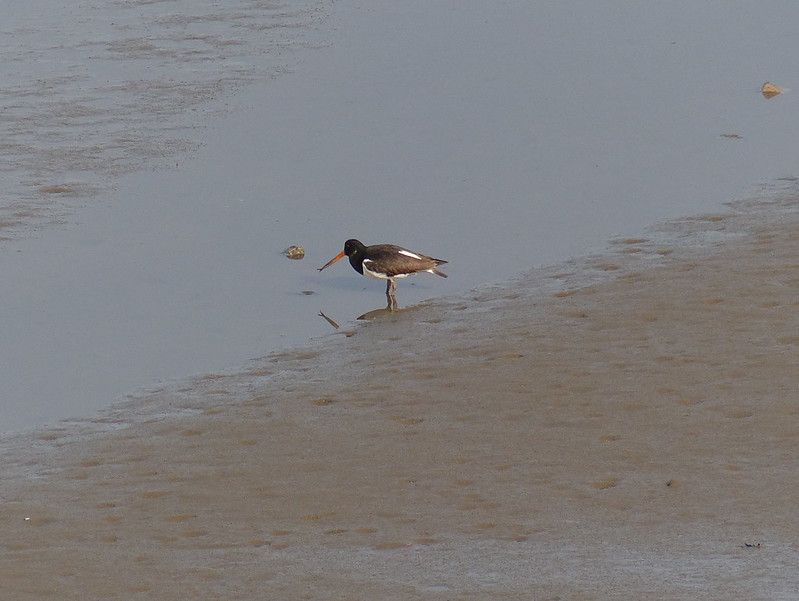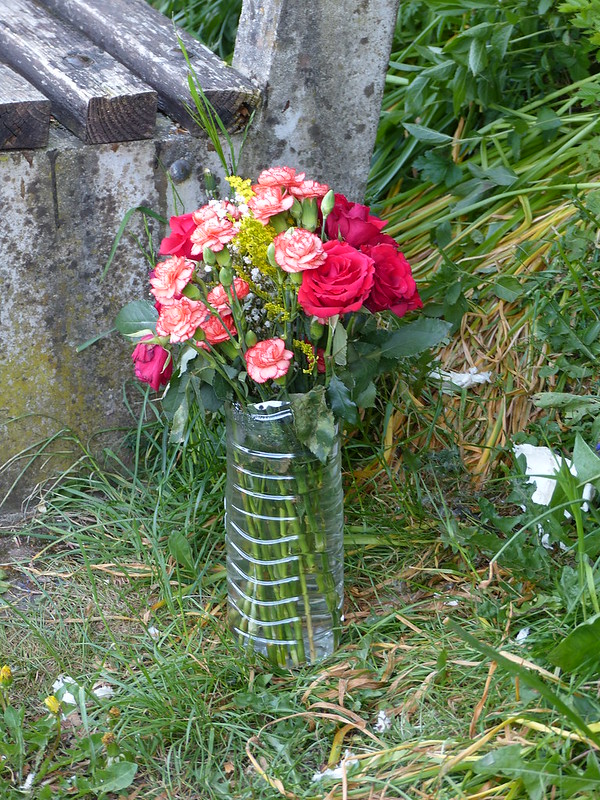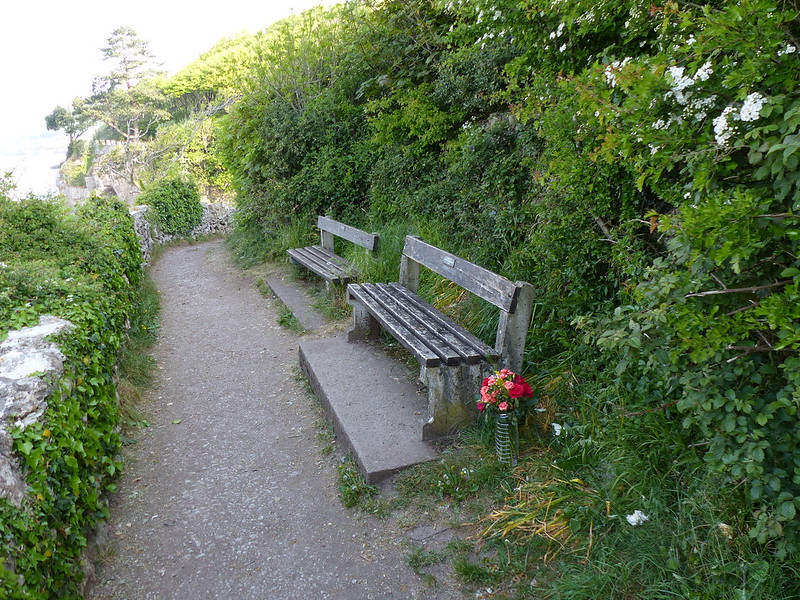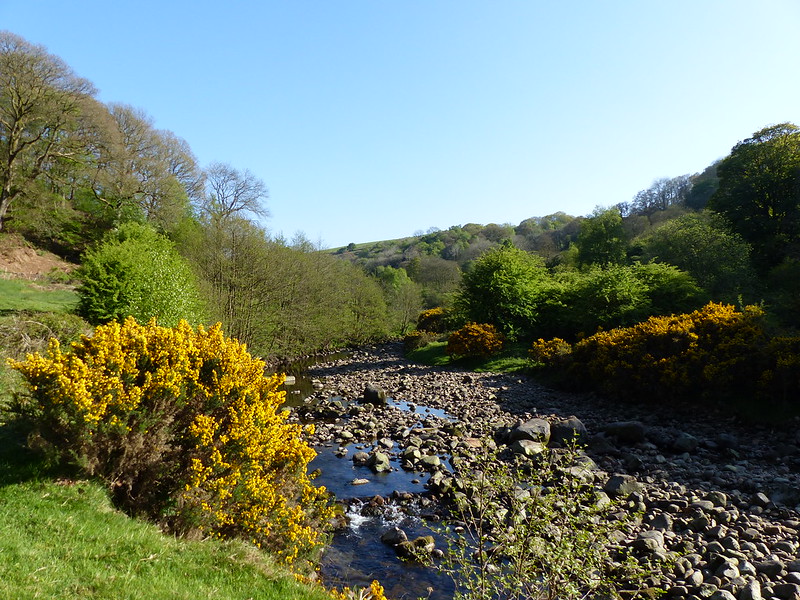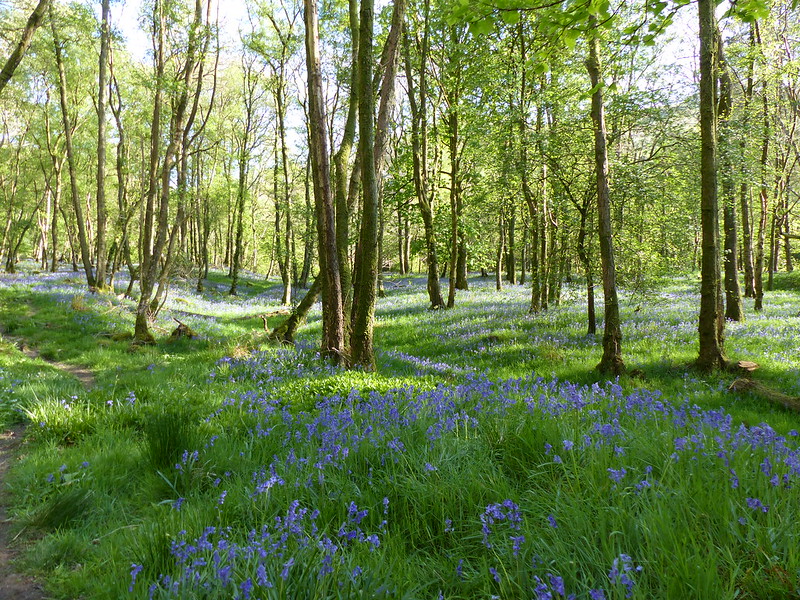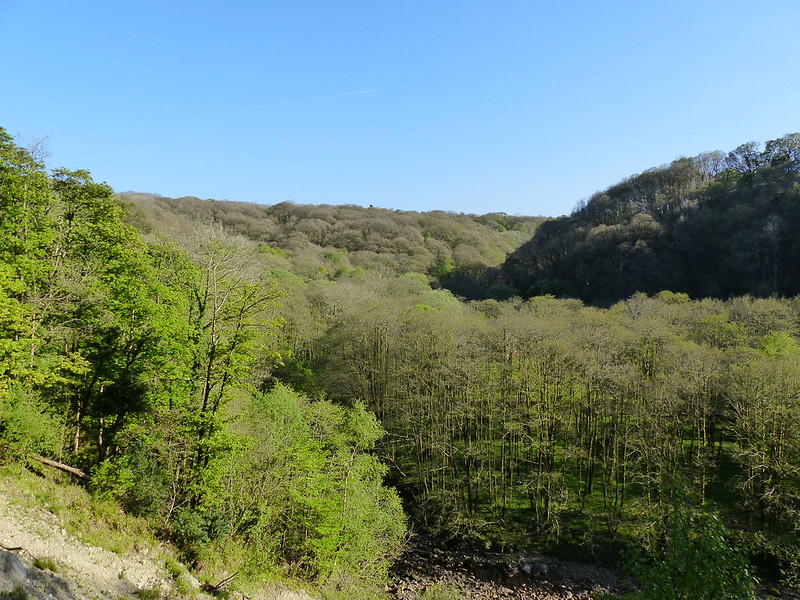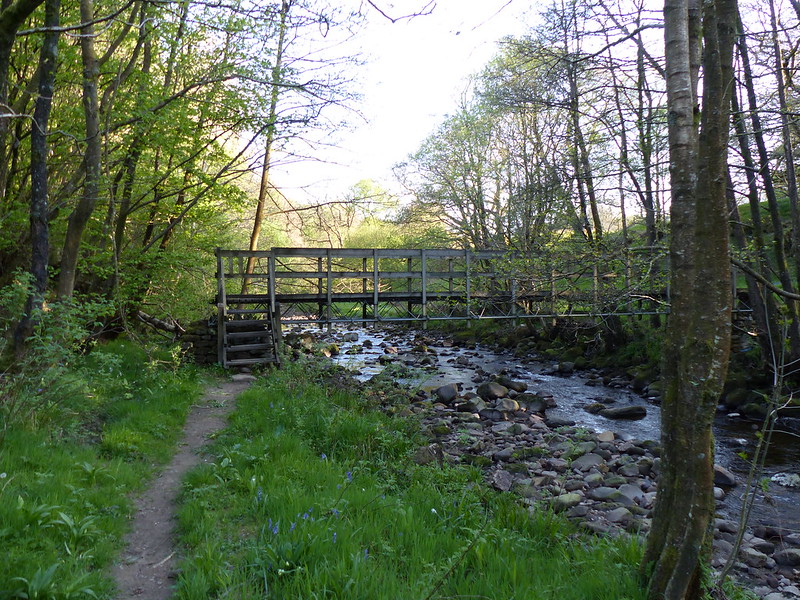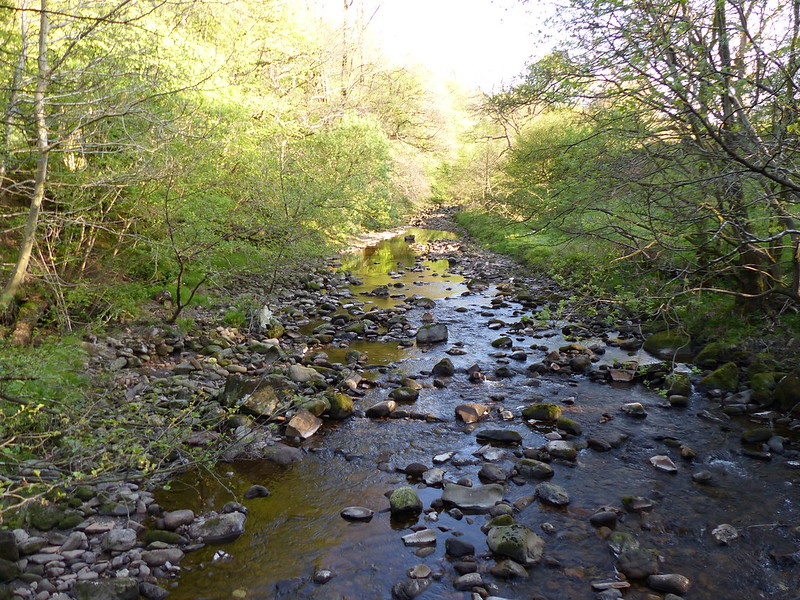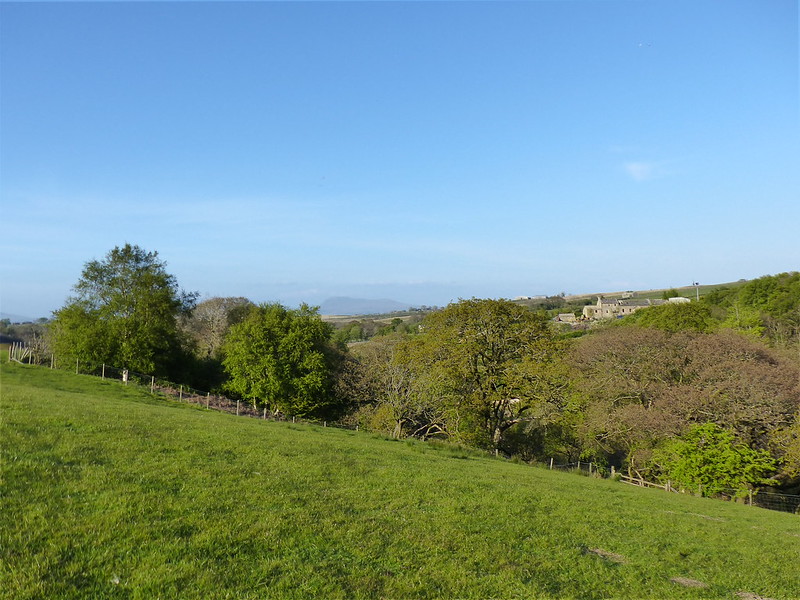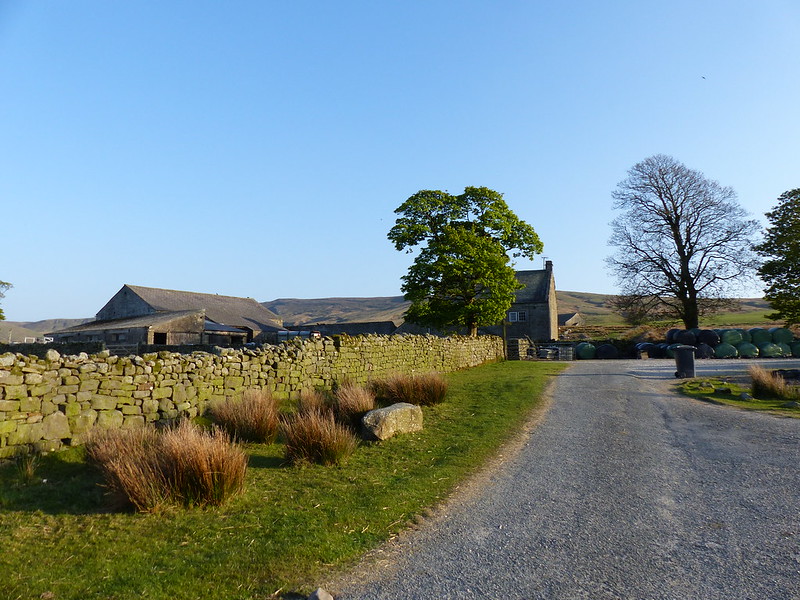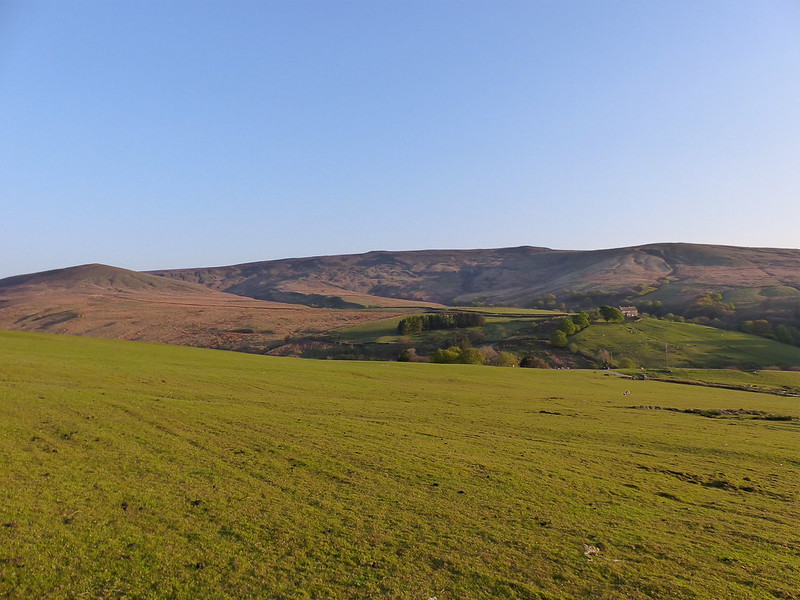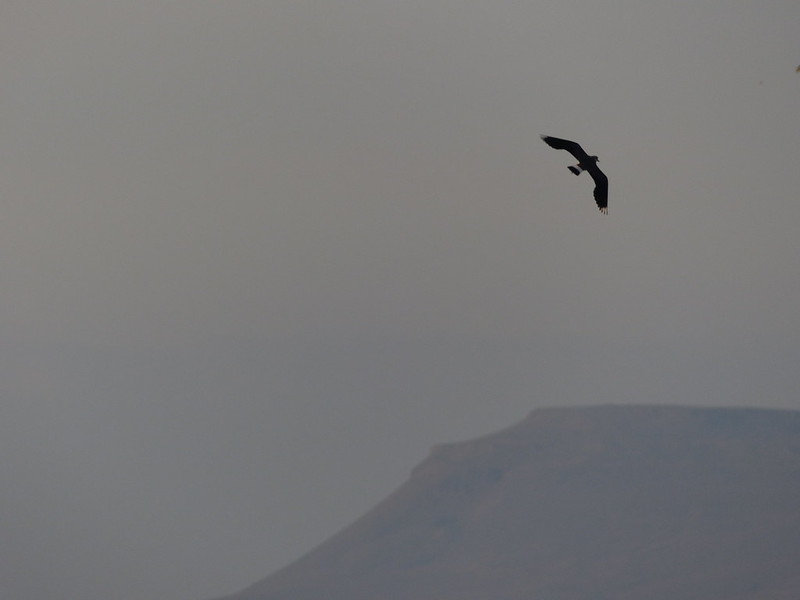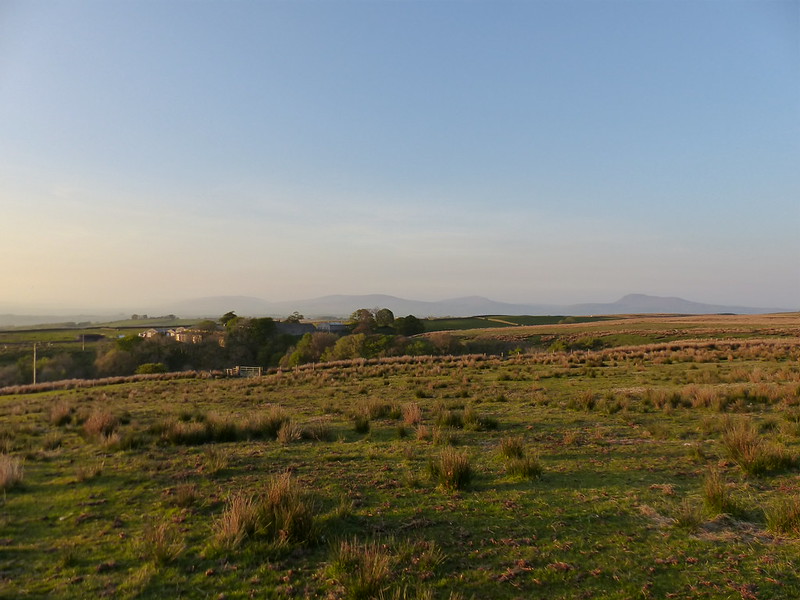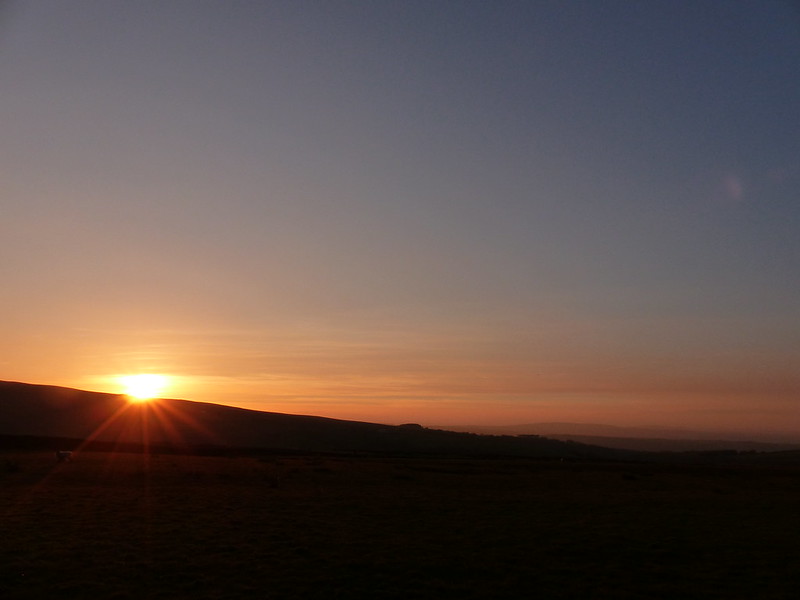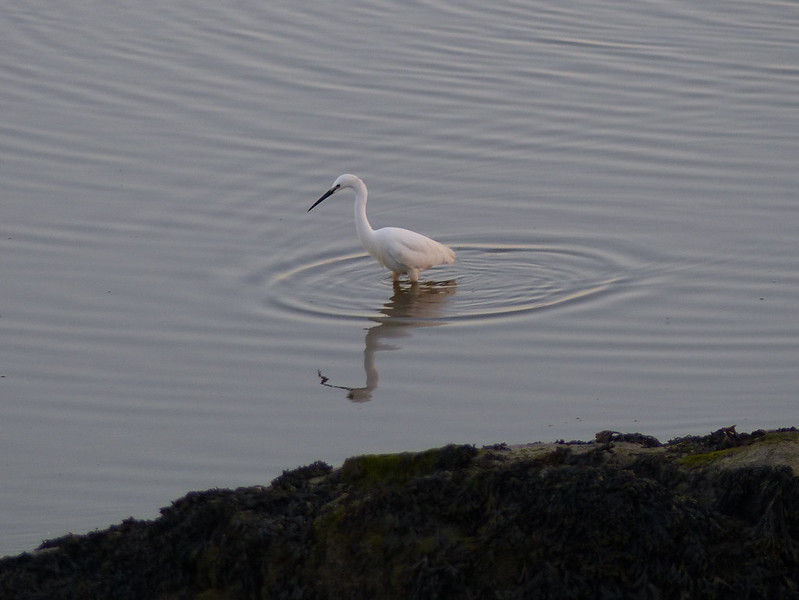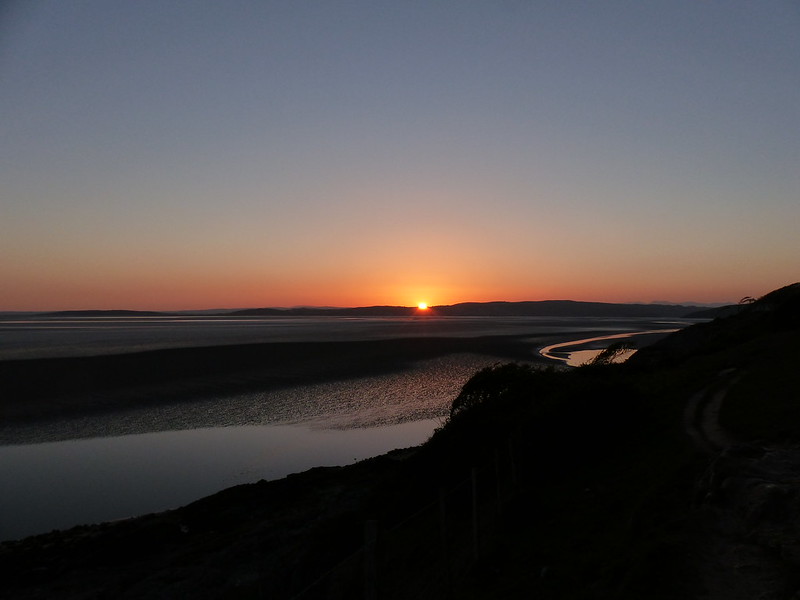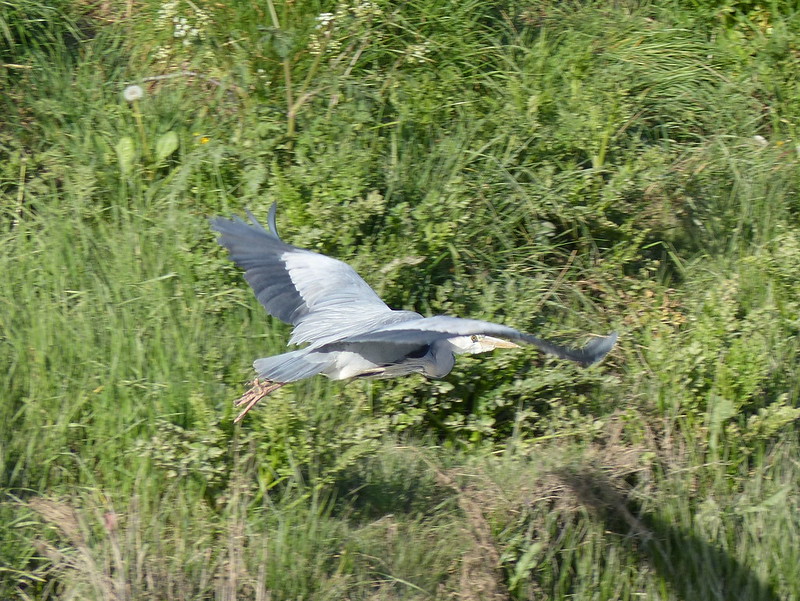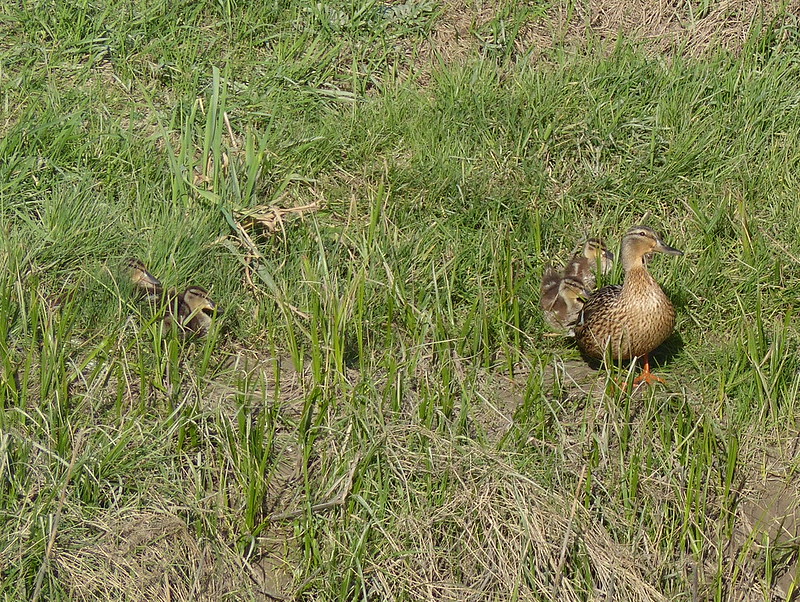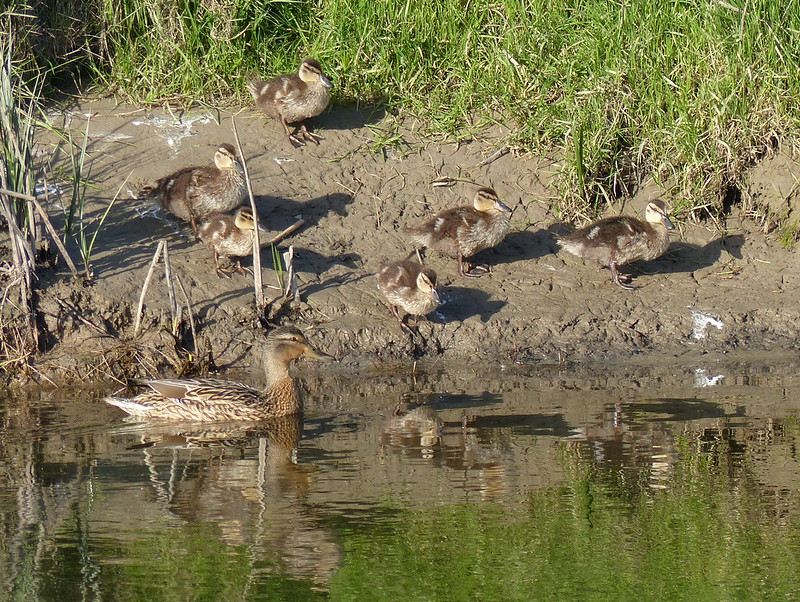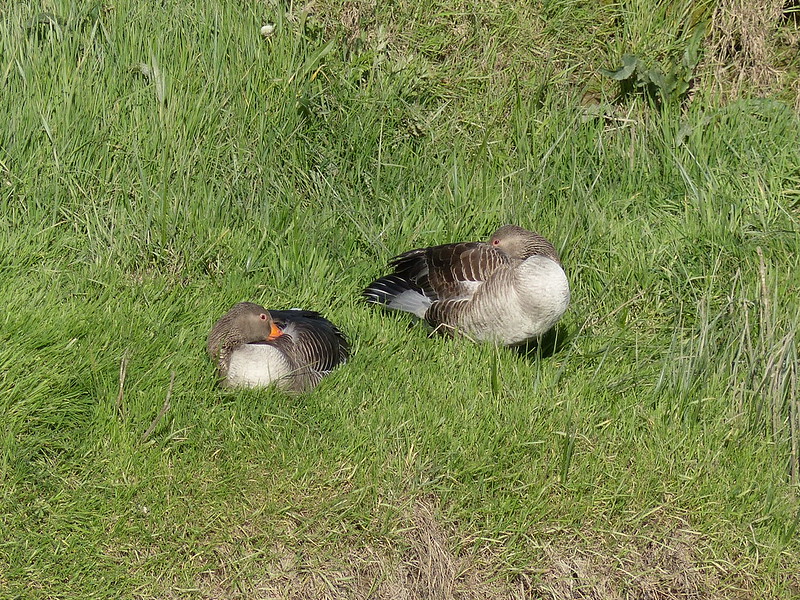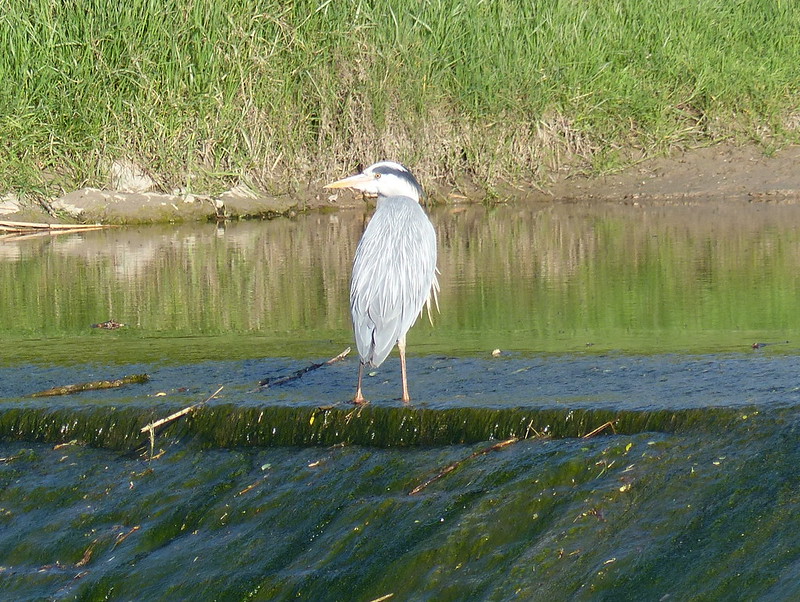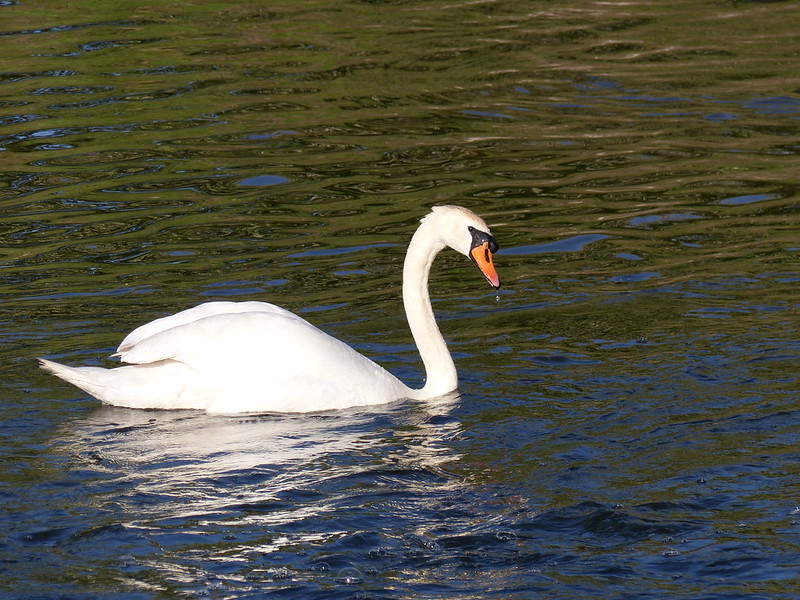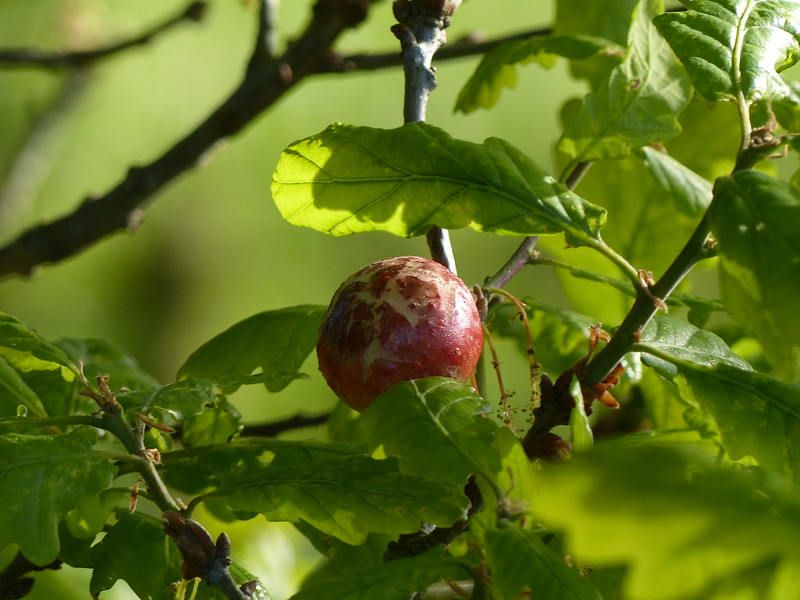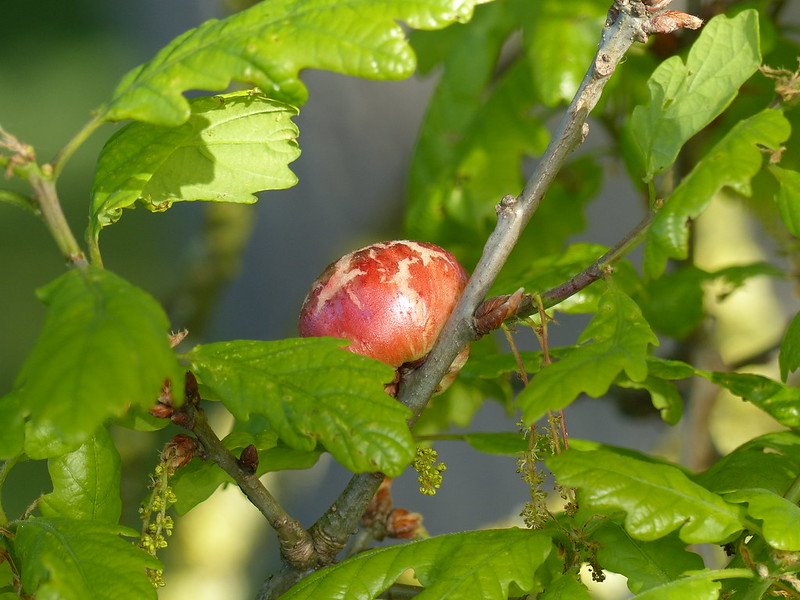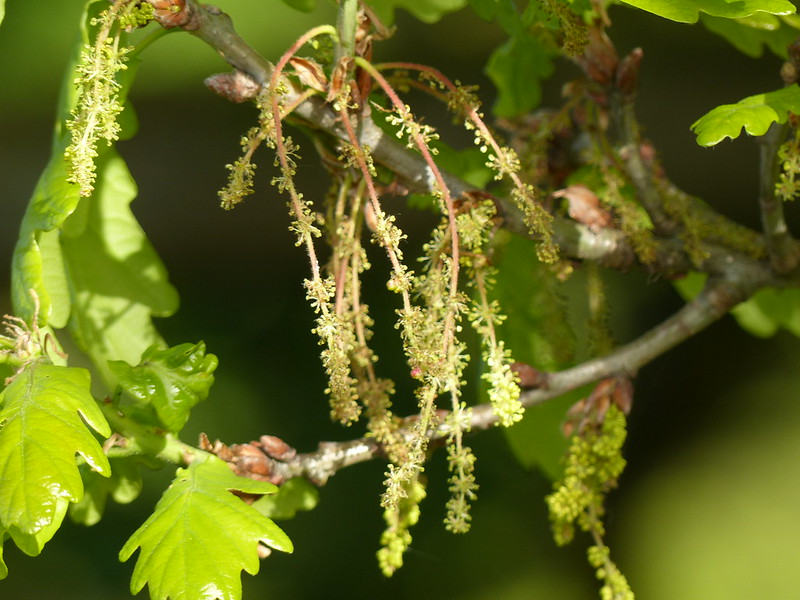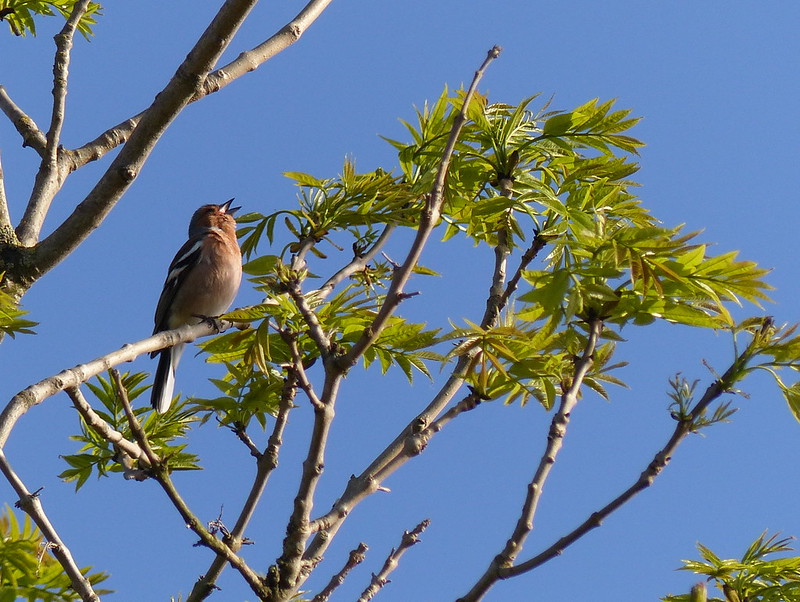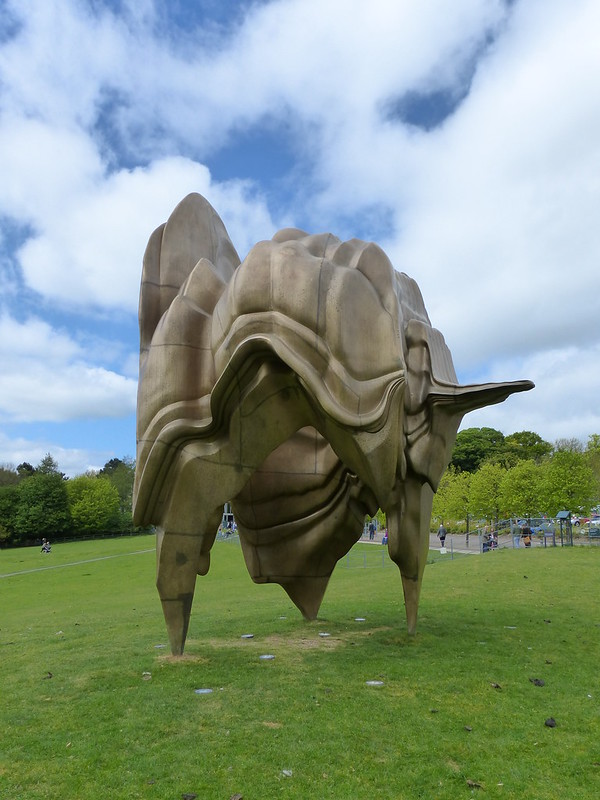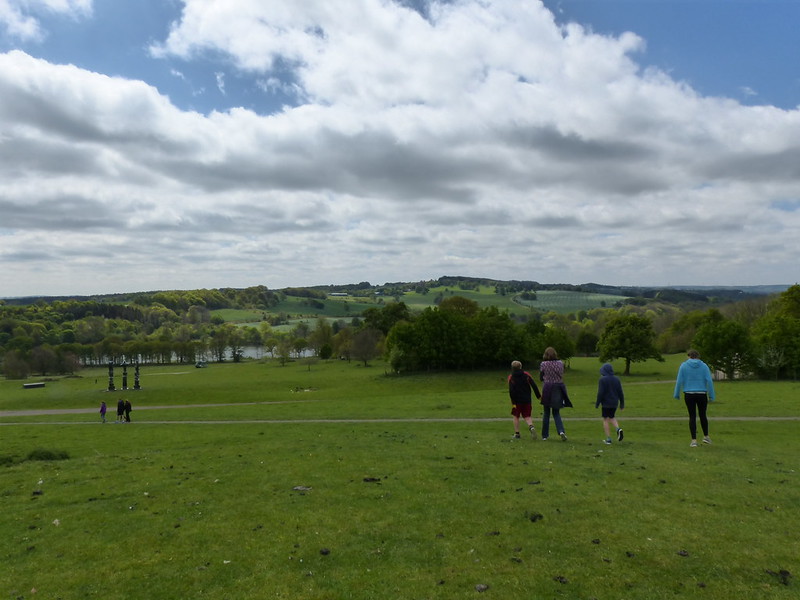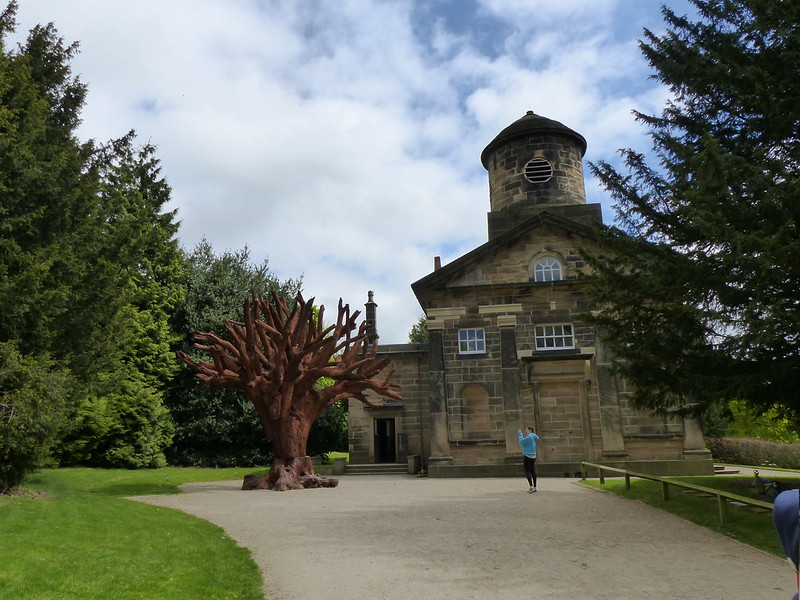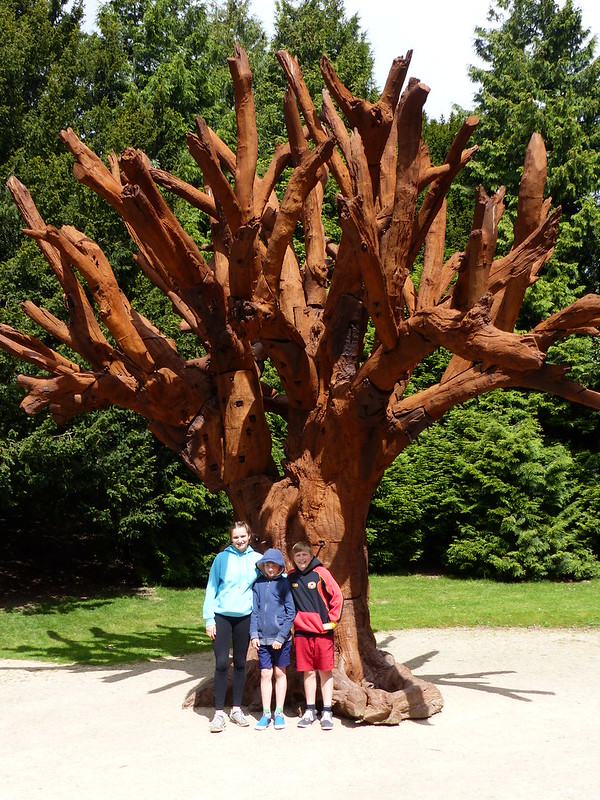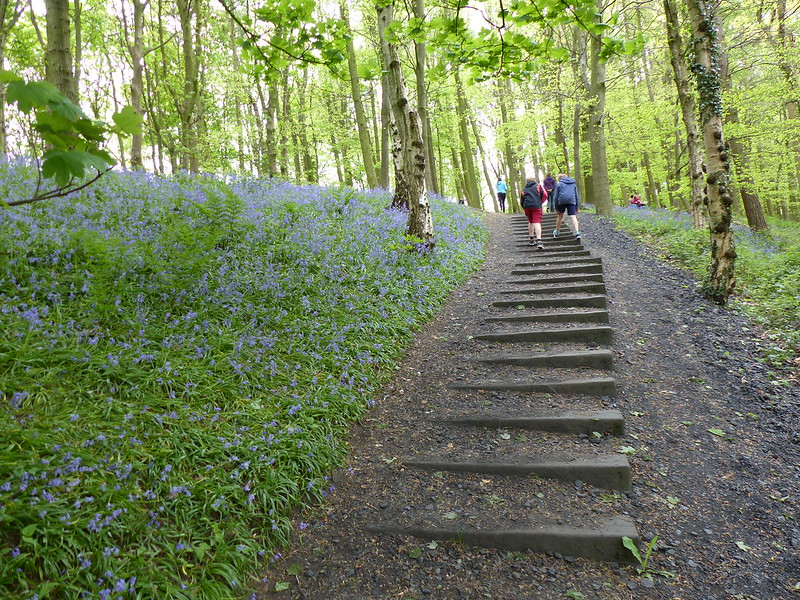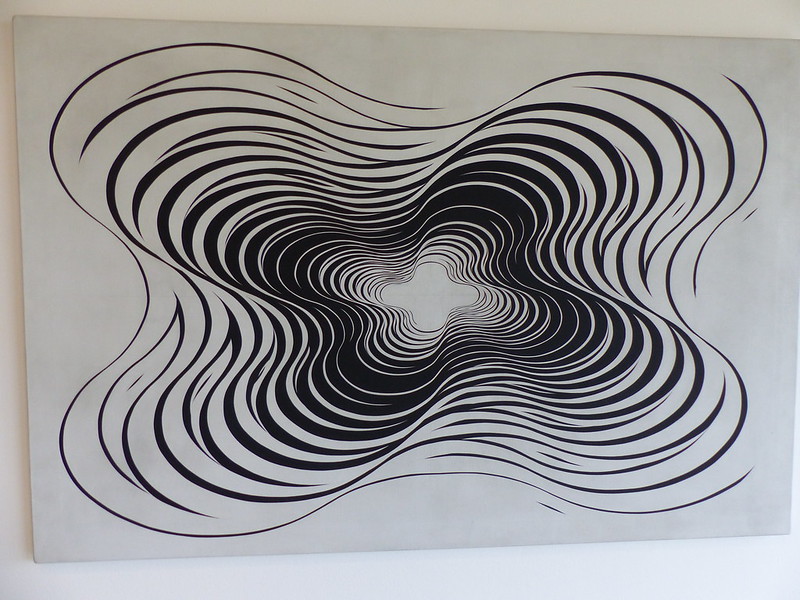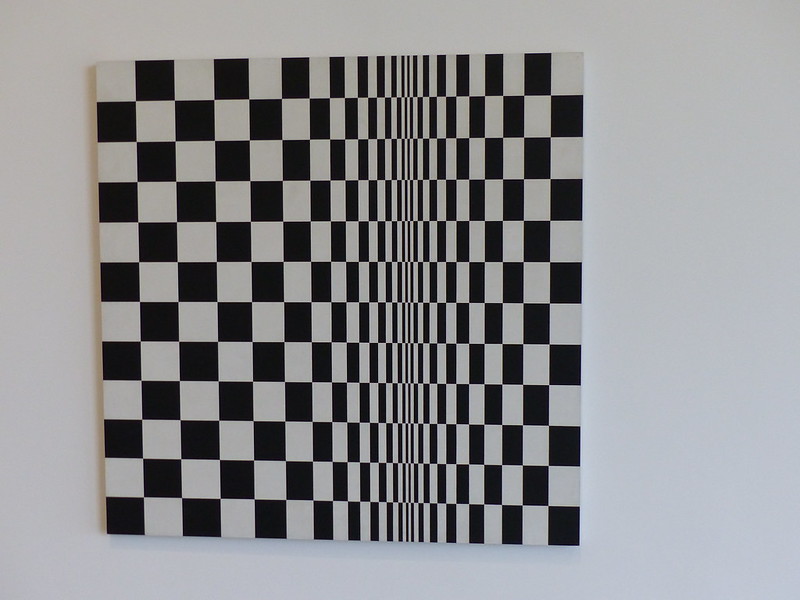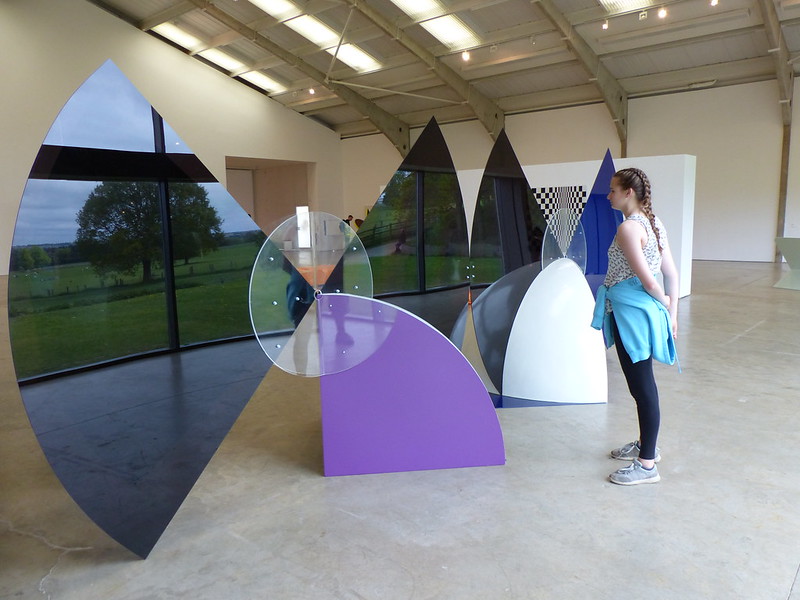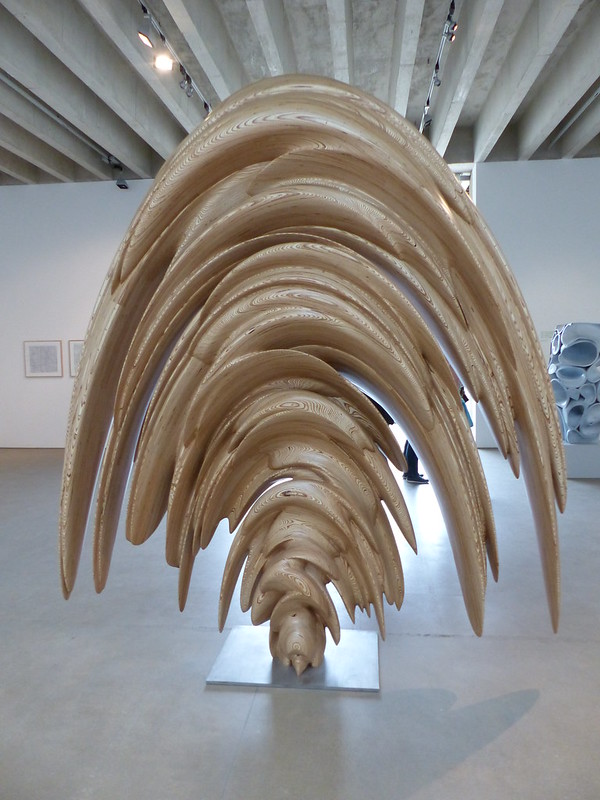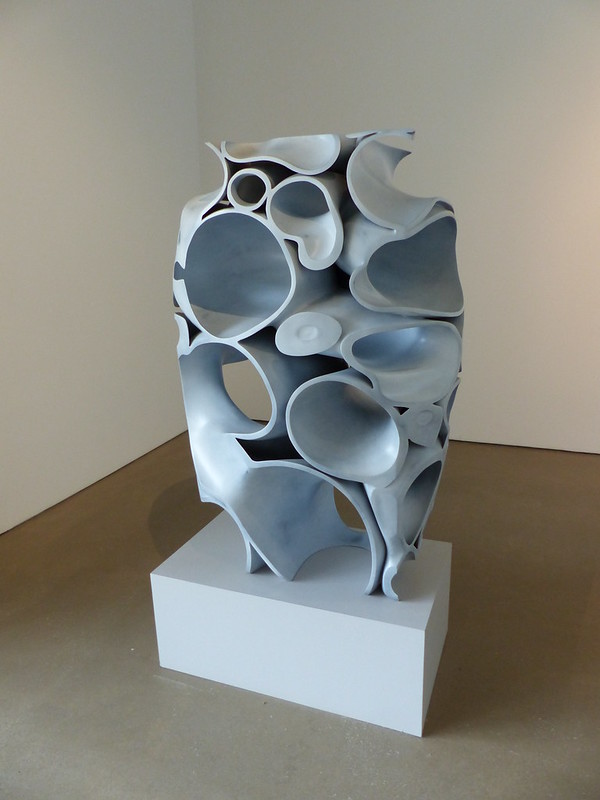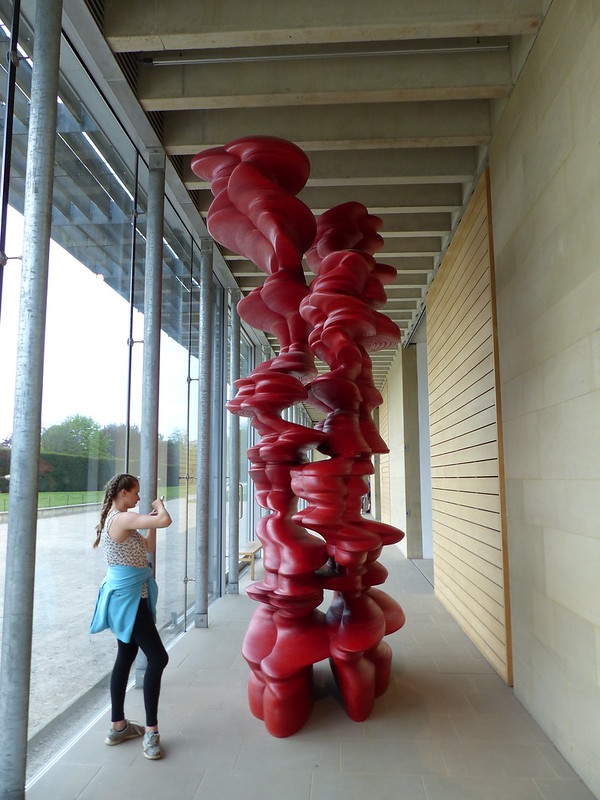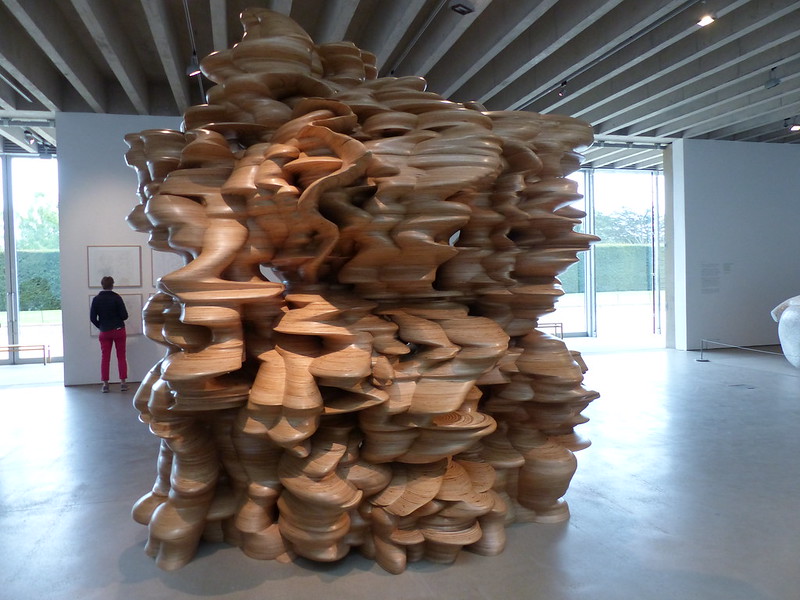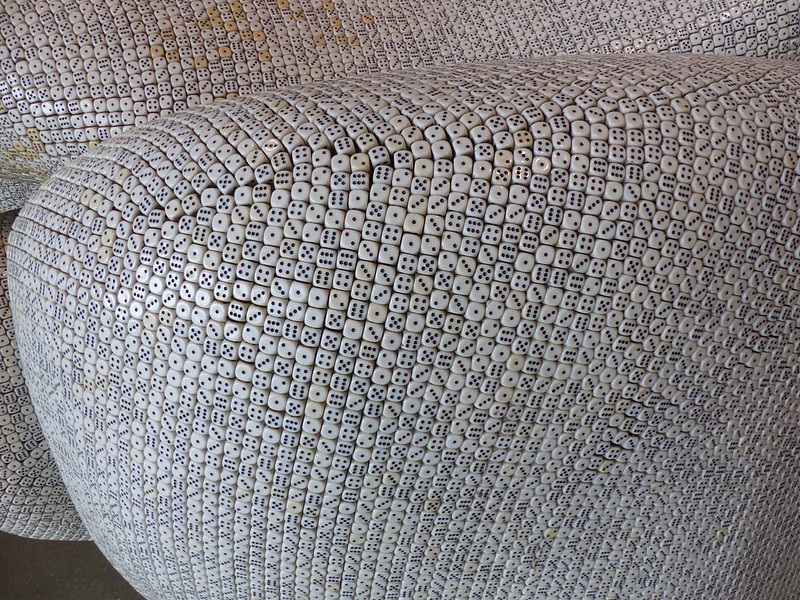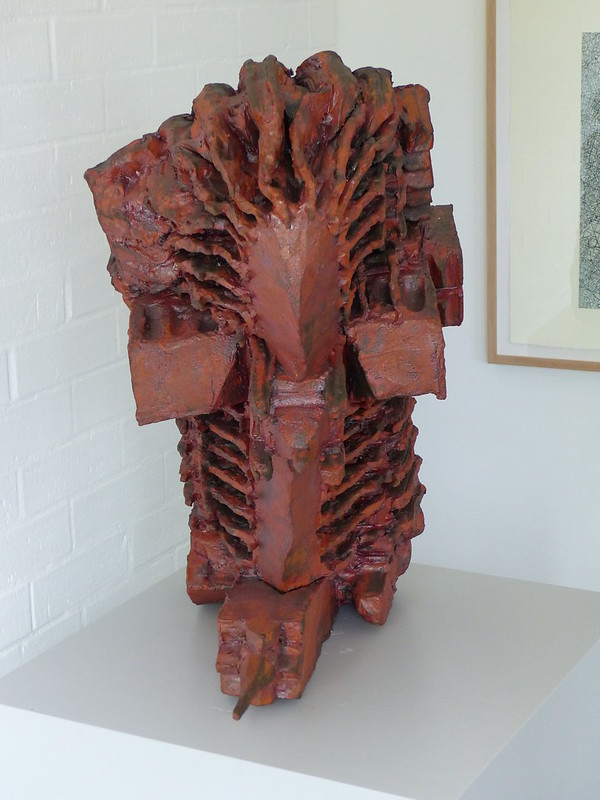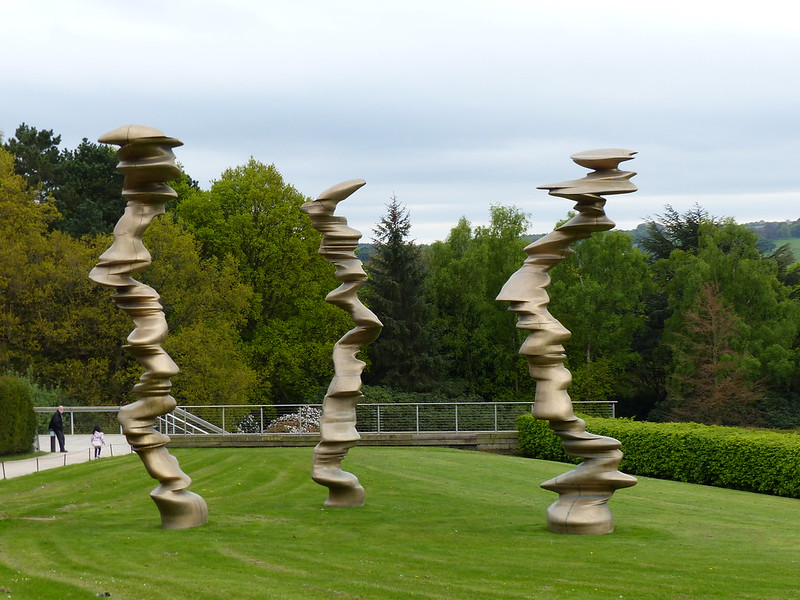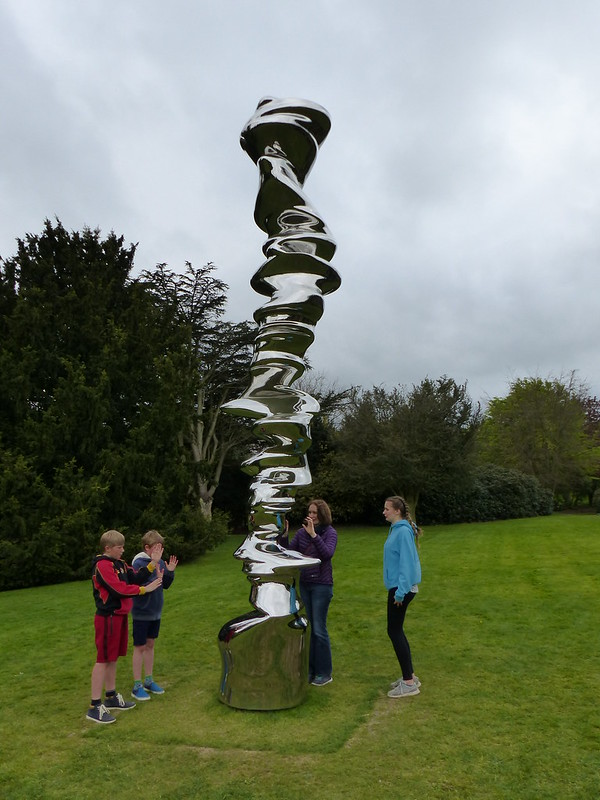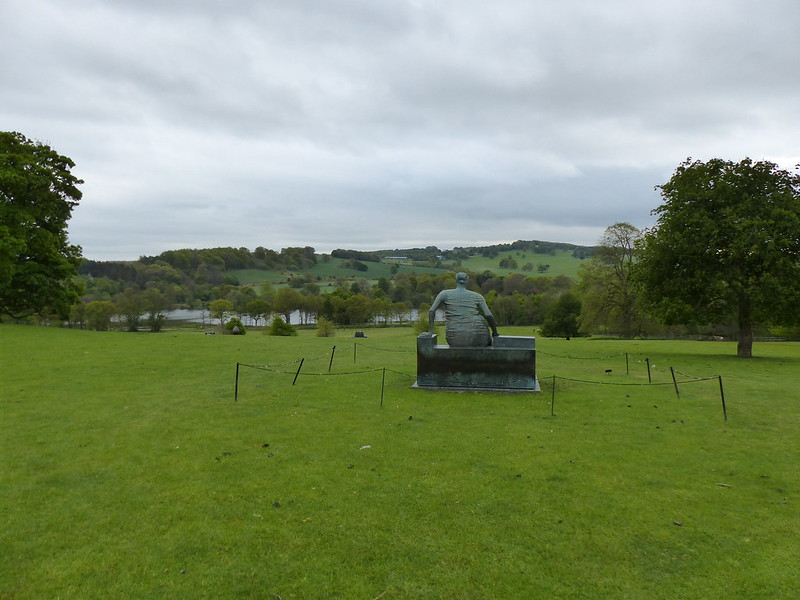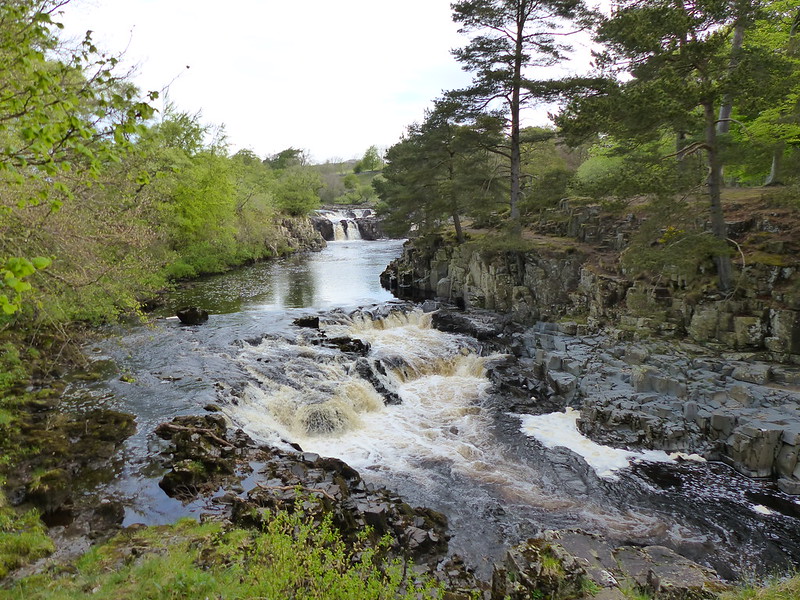
Low Force.
Make a cup of tea, maybe grab a biscuit to dunk or an apple to crunch: this is a long one with a lot of pictures, but I think it’s worth a few moments of your time. OK, settled, ready? Then we’ll begin.
I’ve mentioned before that when I read John Fisher’s ‘Wild Flowers in Danger’ last year, and realised that many of the flowers in the book grow reasonably nearby, I resolved to make an effort to see some of those flowers this year. This trip was planned to, hopefully, find one of those rarities. Once I’d decided to drive up to Teesdale, I searched my bookshelves, wondering whether I might have a book with a suitable route to follow. I found one in Christopher Somerville’s ‘Somerville’s 100 Best British Walks’. (It is, I realise now, an anthology of walks from The Torygraph – you can find the Teesdale one here.) Somerville’s description made me all the more determined to come this way, but I really wanted to incorporate High Force and so devised a longer version. Then I decided I couldn’t omit Low Force, so extended the walk again. The trouble was, I already had things to do in the early evening, so an early start was necessary. I was walking just after seven (after a drive of about an hour and a half, mostly through rain, wondering what I was playing at.)
I parked in the picnic area near the visitor centre at Bowlees. They have a ‘donate and display’ scheme, an excellent idea I thought. As I arrived, the rain cleared and the sun began to shine, just as the forecast had predicted, although a little earlier than I had anticipated.

This is Wynch Bridge, just below Low Force. I have a picture of my Dad here (well actually he has it) taken in April 1985 when we walked the Pennine Way together. He was a little younger then than I am now, a sobering thought, and like me, he had a white beard, although his was temporary, tolerated only until we returned home from Kirk Yetholm.

Because I had a relatively long walk planned, and wanted to get home reasonably early, I knew that I couldn’t afford to hang around taking lots of photographs.
Some chance! There were just too many distractions.

Low Force again.
In the first instance, the falls and the river. Low Force and High Force are the consequences of volcanic activity:
“High Force is a great place to see the famous Whin Sill. This is a layer of a hard, dark rock called dolerite, known locally as ‘whinstone’. The Whin Sill formed about 295 million years ago, when molten rock at over 1000°C rose up from within the Earth and spread out between layers of limestone, sandstone and shale. The molten rock cooled and solidified underground to form a flat sheet of rock, known as a ‘sill’. After millions of years of erosion the Whin Sill is now exposed at the Earth’s surface, forming dramatic landscape features such as High Force”
Source
Then, there was an absolute abundance of wild flowers. Some familiar: Bluebells, Wood Anemones, Primroses, Marsh Marigolds, Pignut, Early Purple Orchids…

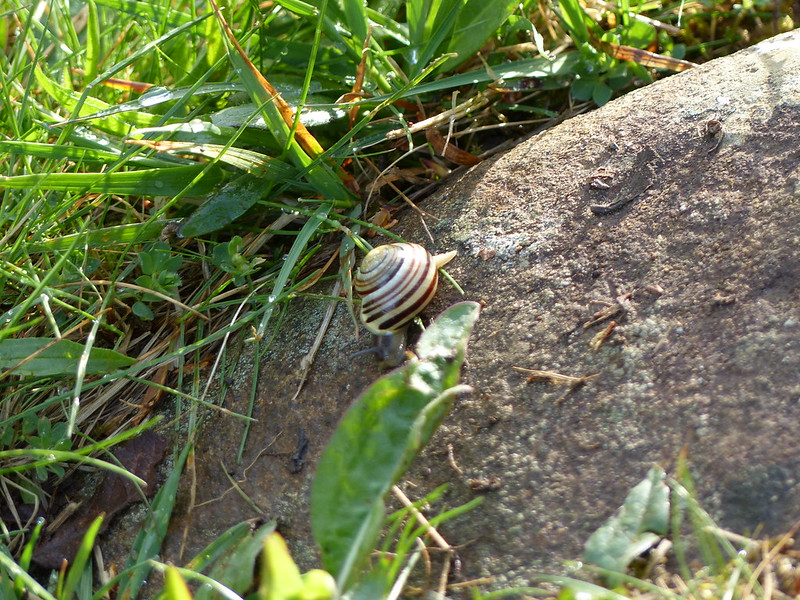
White-lipped Banded Snail.
Some less familiar, like this Globe Flower…

It’s a kind of buttercup, but is relatively tall and has quite large flowers. It’s found in the north, mainly in wet, upland, limestone meadows.

There were lots of birds too, many singing from the trees by the river, Lapwings and Curlews in the meadows, Dippers, Oystercatchers and Sandpipers by the river.
I have a strong feeling that this…
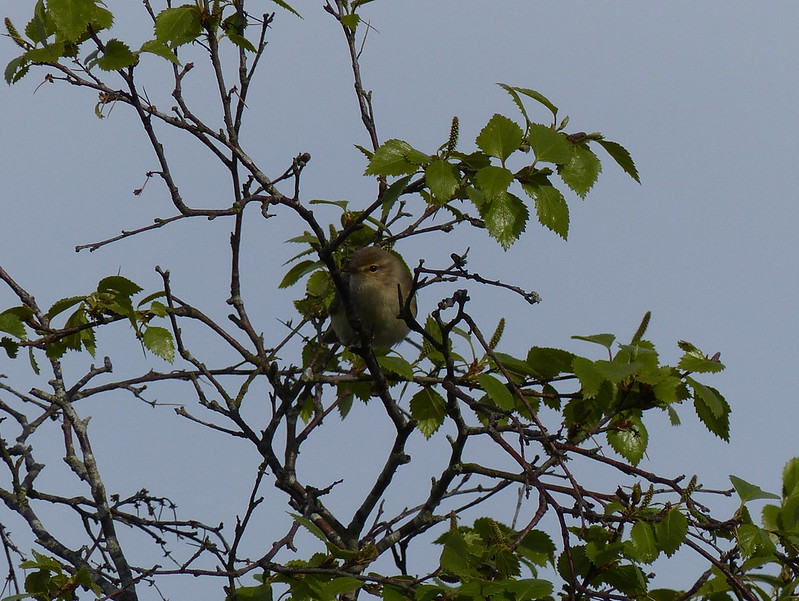
..is a Garden Warbler, but the only thing I can say categorically is that it wasn’t a Chiff-chaff, its song was far too musical.

Cowslips.
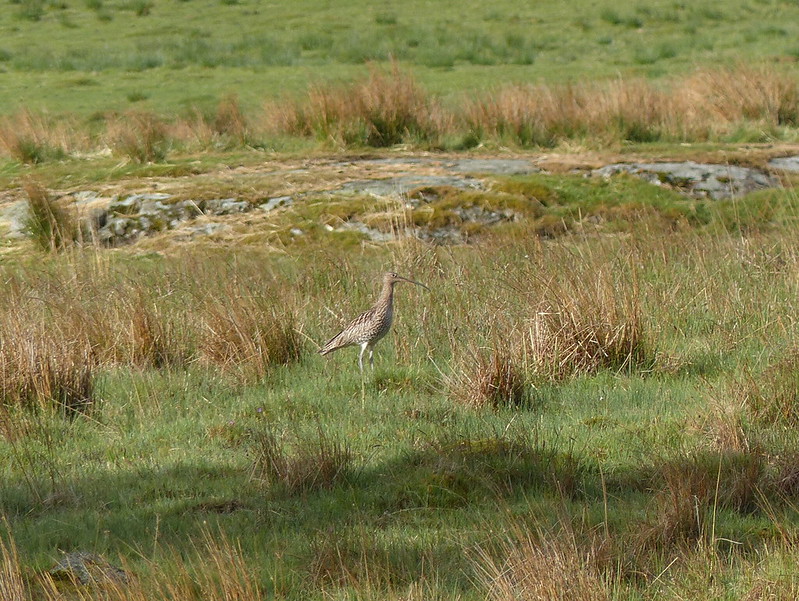
Curlew.

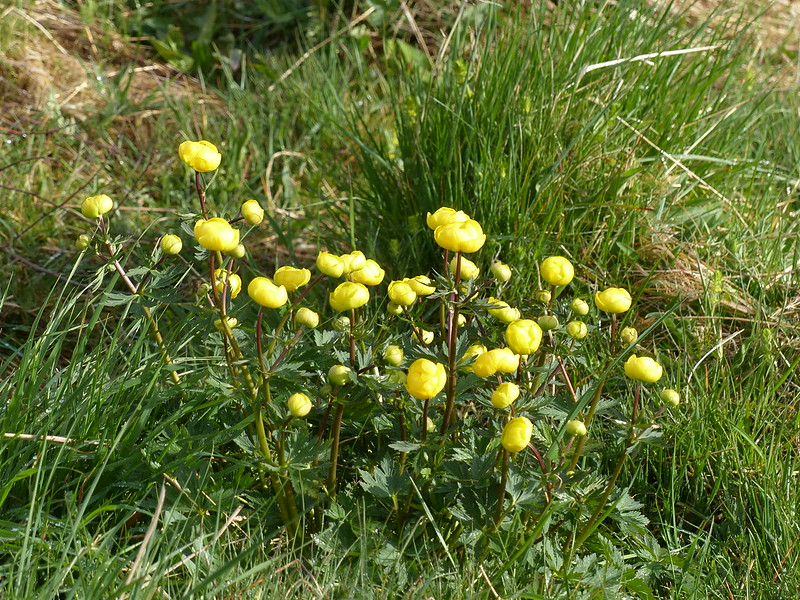
More Globe Flowers.

Water Avens.
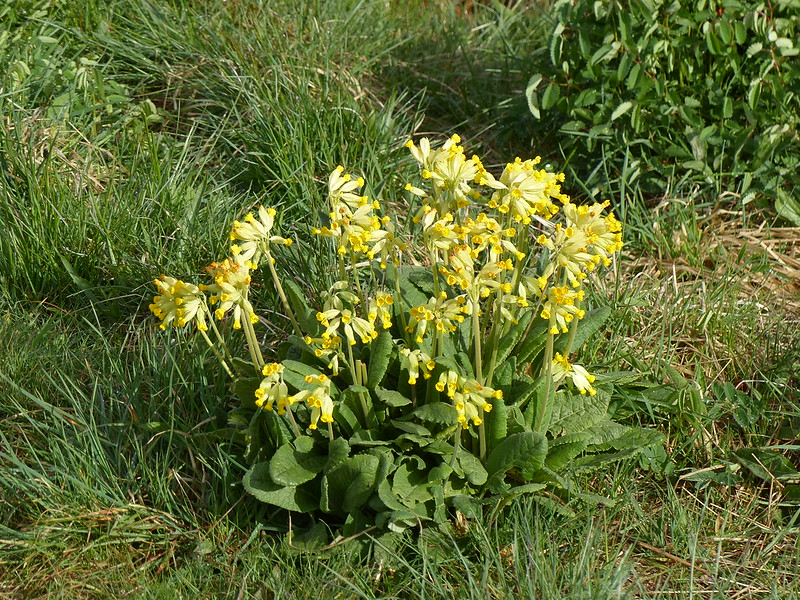
More Cowslips.

Common Sandpiper.

I was surprised to see this Scurvy Grass here (the other flower is Cuckoo Flower or Lady’s Smock). I thought that Scurvy Grass was a plant confined to coastal locations, but I think that this is Mountain Scurvygrass – the leaves are a slightly different shape from Common Scurvygrass.

Even more Globe Flowers.
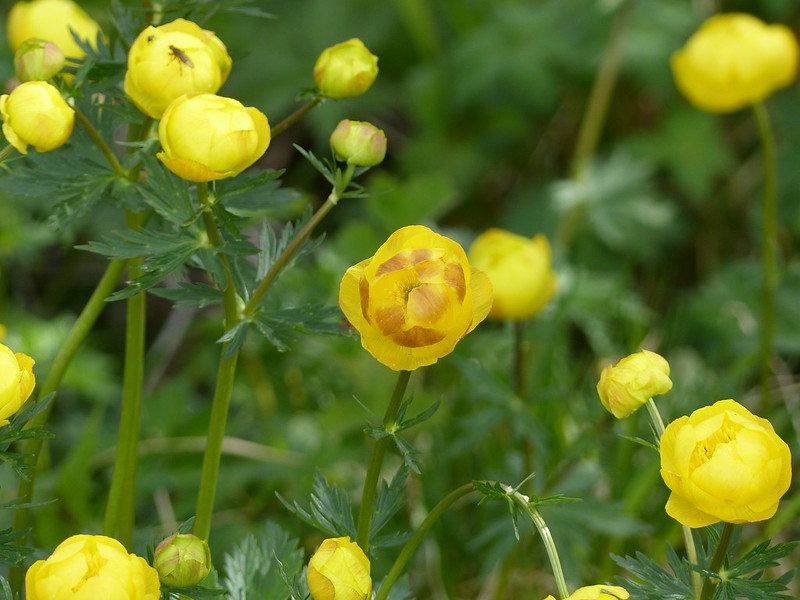
When I was a boy, Lapwings – or Peewits as we called them – were a common farmland bird. Even then numbers were in decline and sadly that decline has continued. We’re fortunate to still see them close to home, and in the fields and skies around Roeburndale they had been present in great numbers.
But in Teesdale they were not only plentiful, but also less wary about human visitors.
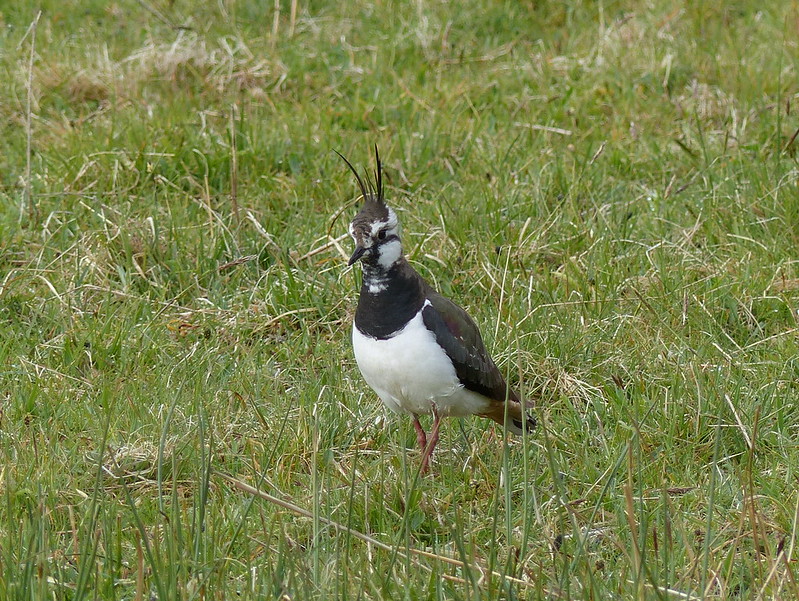
I took lots of photos of this individual, and as I did so, it moved towards me, not away as I would have expected.


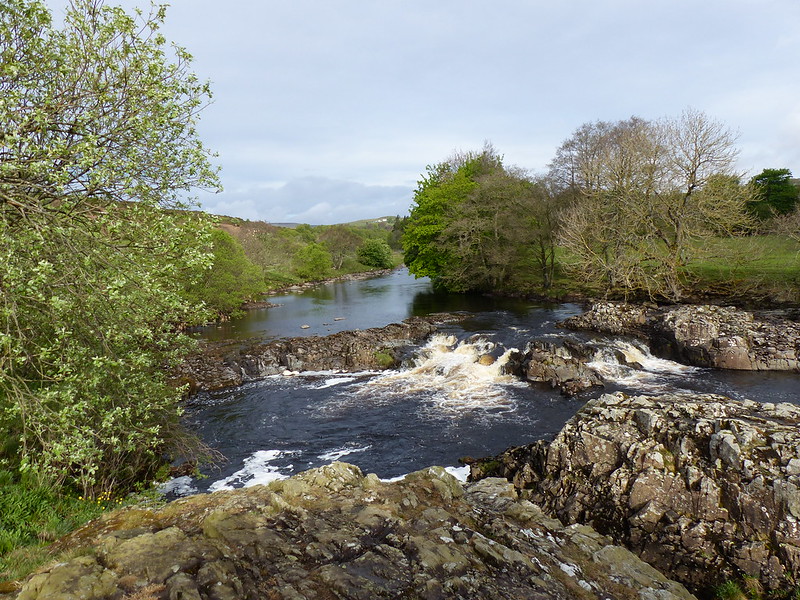
Rabbits too were both numerous…

…and less wary than those I usually encounter.
This…

…I’m hoping, is yet another phenomena which I’ve noticed several times over the years: when I manage to put a name to something, or notice it for the first time close to home, I then find that it is much more common than I previously realised. It happened with Bee Flies, Eyebright, Gatekeeper butterflies and I could probably quote a host of other instances if I put my mind to it. The surprising thing about this is that each of these things was apparently invisible to me for a period before I suddenly cottoned on to its presence. Now I think the same thing may happen with Wild Privet (supposing that is what this is!).

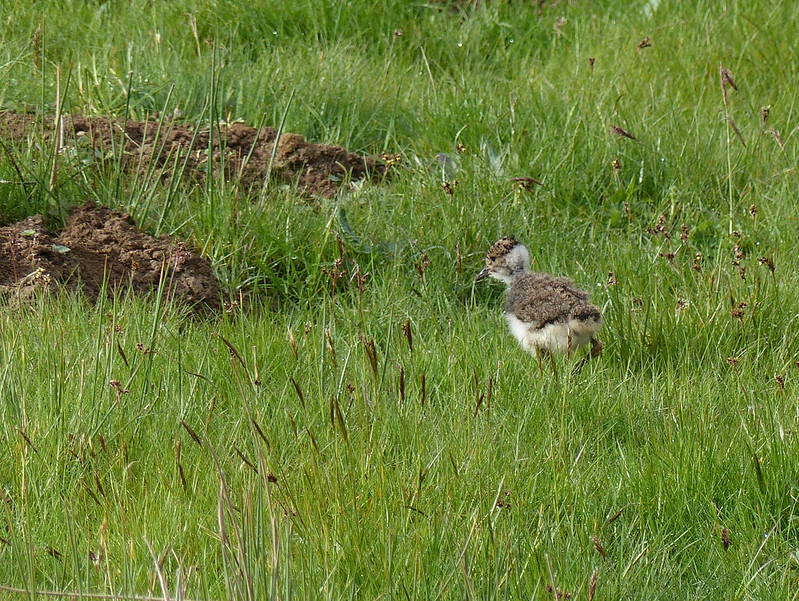
What’s this ball of fluff?
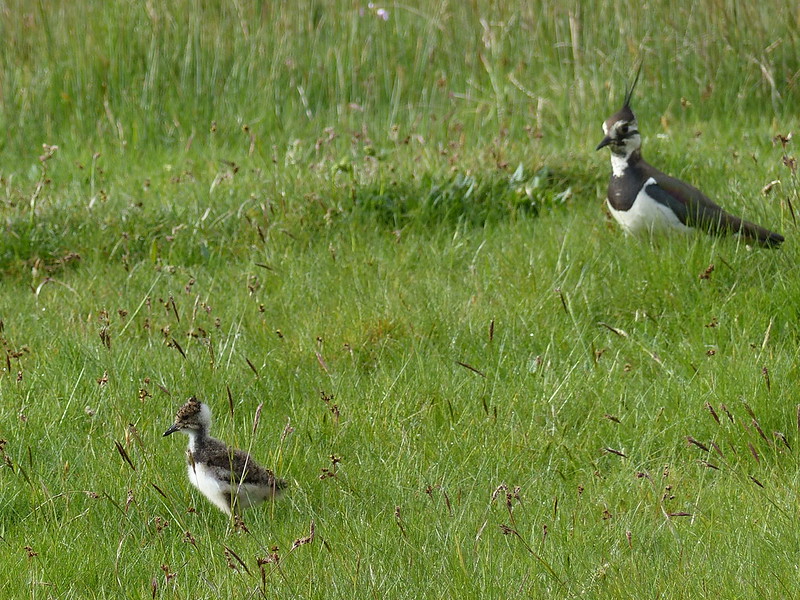
A fledgling Lapwing, watched over by a cautious parent.

Bugle.

Lady’s Mantle.

Mountain Pansy.

I came across Mountain Pansies several times during the day, at various altitudes. They were numerous and very variable in colour. Sadly, many of my photos didn’t come out too sharply.
As I approached High Force, I entered England’s largest Juniper woodland.
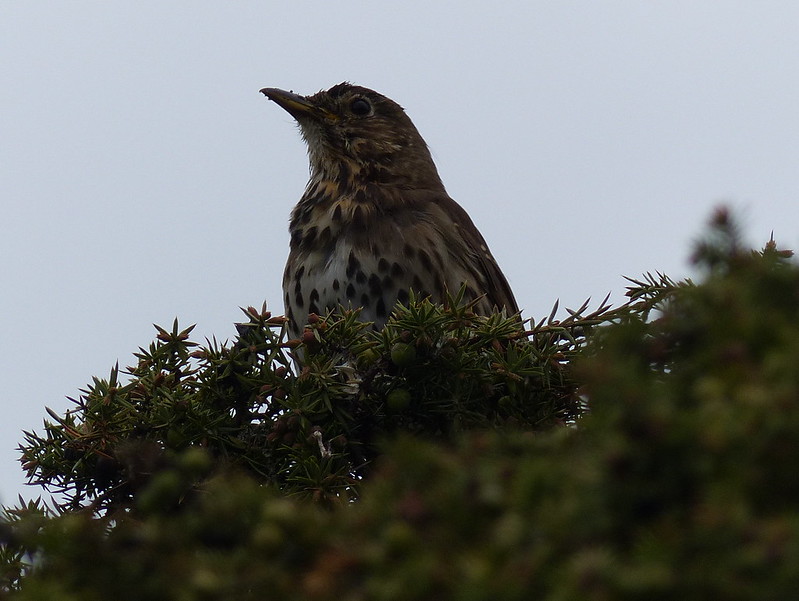
I’ve never thought of an area of Junipers as woodland before, but I suppose it is. This one was rumbustiously alive with bird song, but the songsters were very well hidden on the whole. Only this Song Thrush showed itself for more than a brief moment.

I’m hoping that somebody can help me with an identification for this tree. It was growing through a Juniper. I suppose it superficially resembles Elder, but I don’t think it is Elder.
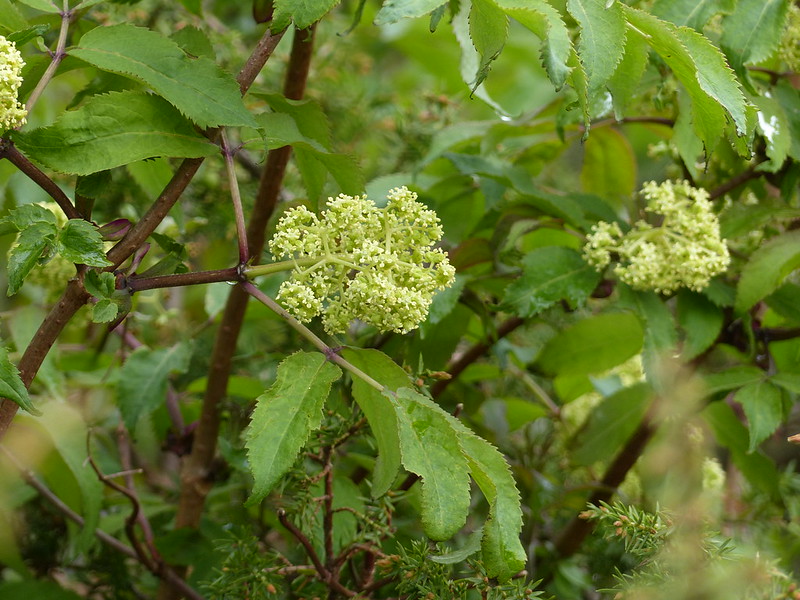
Sadly, the Junipers are under threat from a disease which is killing them off. At either end of the wood there were boot cleaning stations to be used as you exit, to stop the spread of the disease.
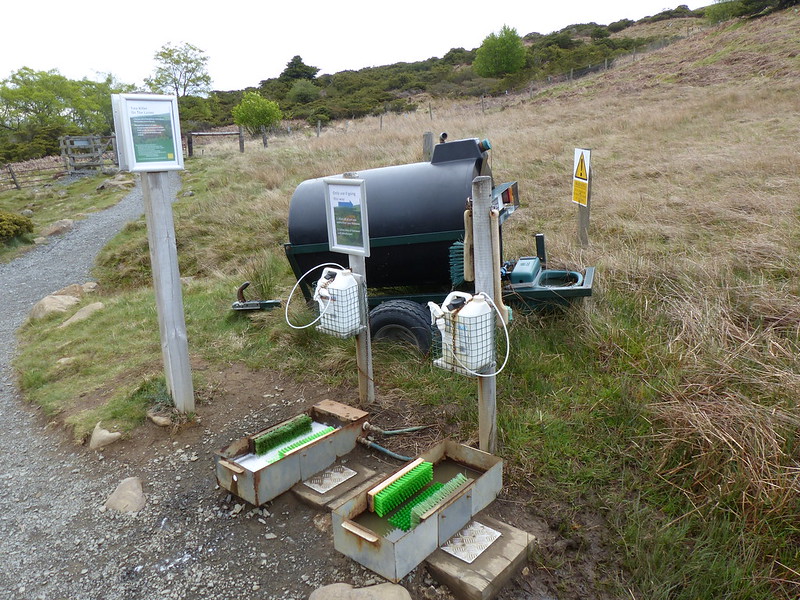
I saw several Junipers with these orange fungal fruiting bodies on them and wondered whether this might be the pathogen.

It isn’t, but I’m glad I photographed it, because these are telial horns of one of the species of Gymnosporangium. These fungi infect Junipers, produce these fruiting bodies which release spores which go on to infect a different plant: apples, pears, hawthorn, rowans…trees which are all from the same family (and a different species for each different species of Gymnosporangium, I think). There they produce a rust, galls on the leaves and then new fruiting bodies which produce spores which complete the life cycle by infecting Junipers. A parasite with alternating host species – where is the evolutionary advantage there?
Down below the Junipers, this…

…had me puzzled. But I think it is a white flowered Bugle. Is that possible?
I’d finally reached High Force…
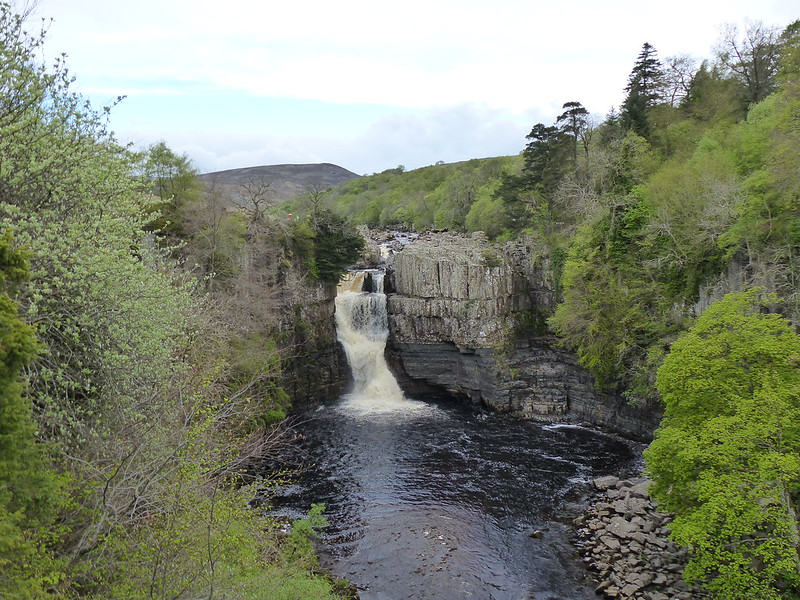
Ironically, this view was taken from behind a safety barrier, but at the top of the waterfall, I could lean out and take a view straight over the drop…
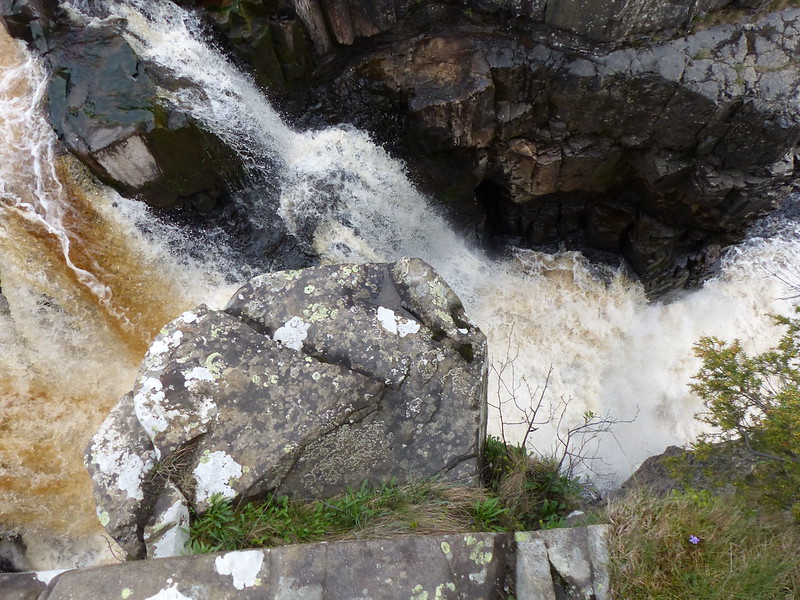
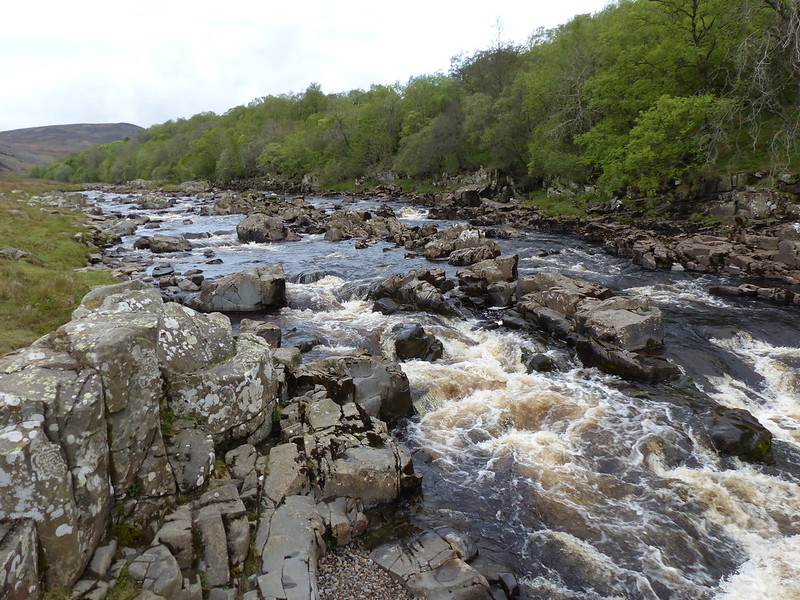
Just beyond High Force I witnessed a family meal for four. I actually thought I was watching some sort of territorial dispute, so aggressive were these juvenile Dippers.

They kept up a constant racket and shook those stubby wings angrily.

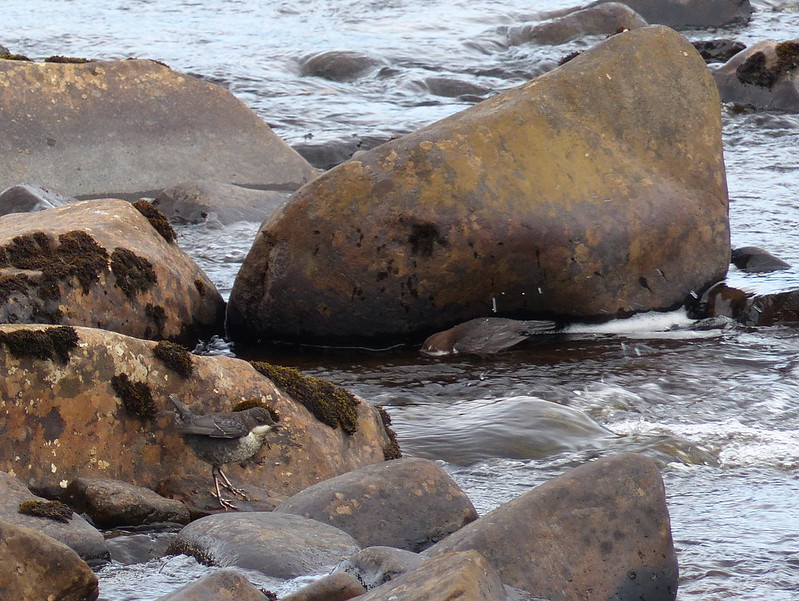
Eventually, one of the adults took some time out to preen itself close to the river bank…


This was close to the incongruous scar of Dine Holm Quarry.

The path climbed away from the rive for a while, on Bracken Rigg, before dropping down to the farm at Cronkley.

Green Hill Scar and Cronkley Scar.
The meadows here were resplendent with a yellow wash of Marsh Marigolds.

I had my first human interaction of the day here, a cheery wave from a very happy looking young lad driving a piece of farm machinery. (It wasn’t big enough to be a tractor, but a bit too big to be a quad bike so…I’m not sure what to call it.)
In the riverside meadows here there were several Redshanks…


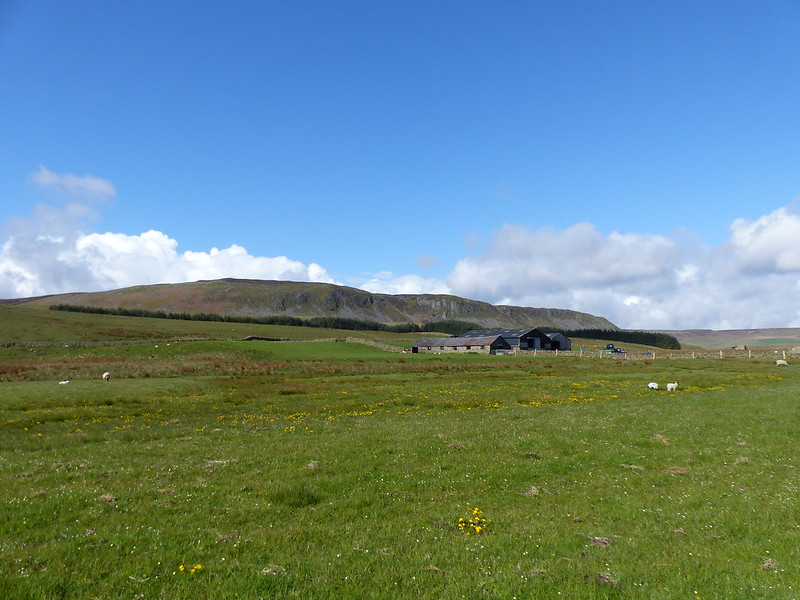
High House and the Scars again.
And lots of Lapwings…

I also spotted a male Reed Bunting…

The next long stretch by the river as it curved around Cronkley Fell was every bit as superb for birdwatching as the earlier sections had been, but with a definite change in the kind of birds showing.
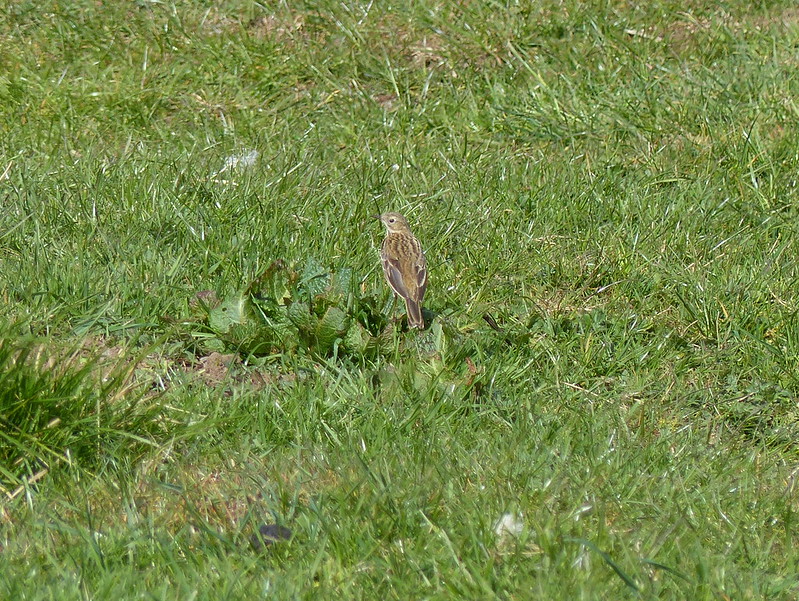
I think this is a Meadow Pippit.
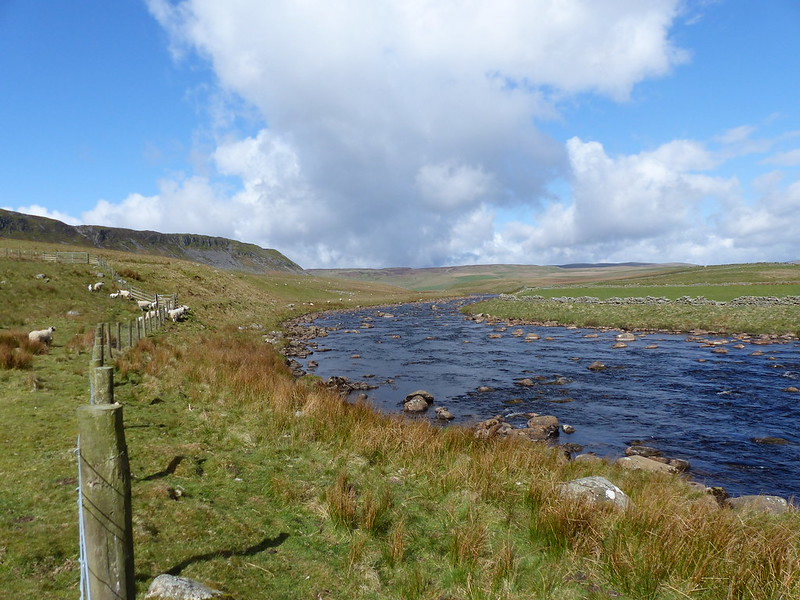
I would have missed this Frog, but for the fact that it took an extravagant leap into a sidestream as I crossed it, splashing very conspicuously.
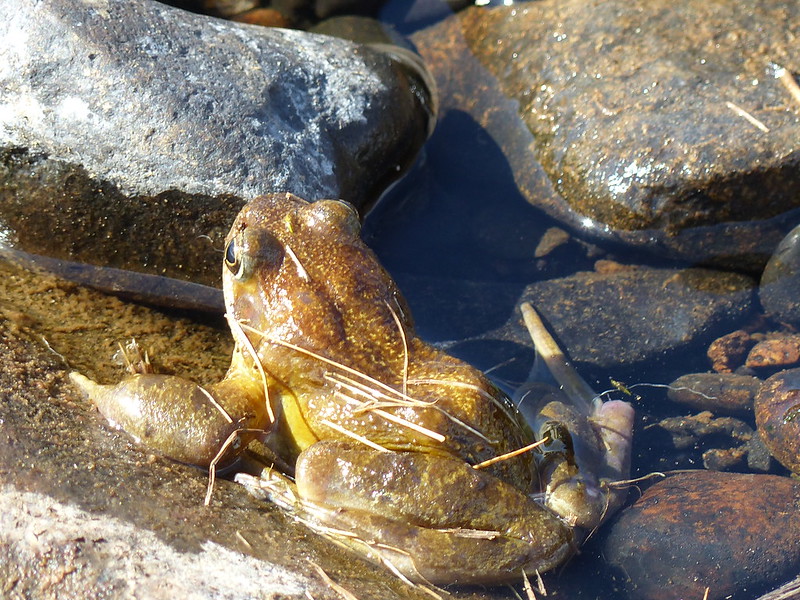
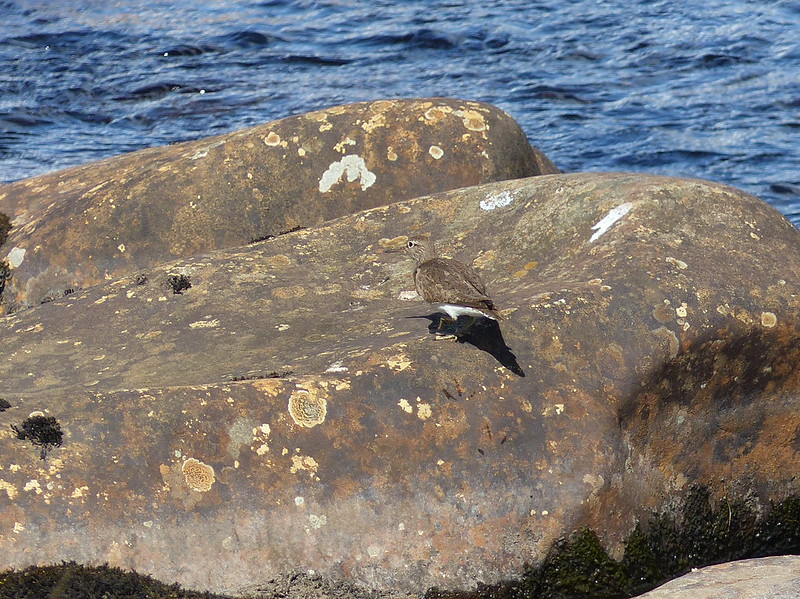
Common Sandpiper again (okay, not all of the birds were different).


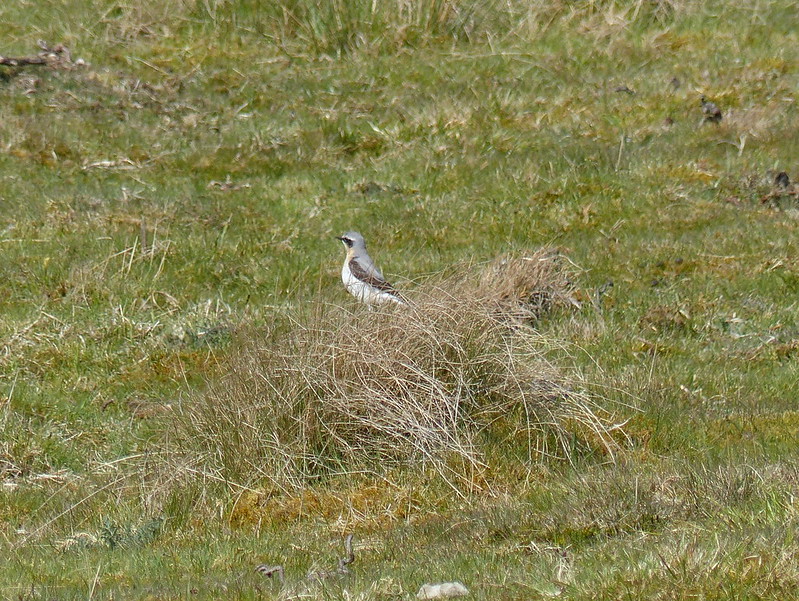
Wheatear.

I’m even more convinced (i.e. almost convinced) that this is a Meadow Pippit. There were actually two birds which flew along the edge of the river ahead of me.
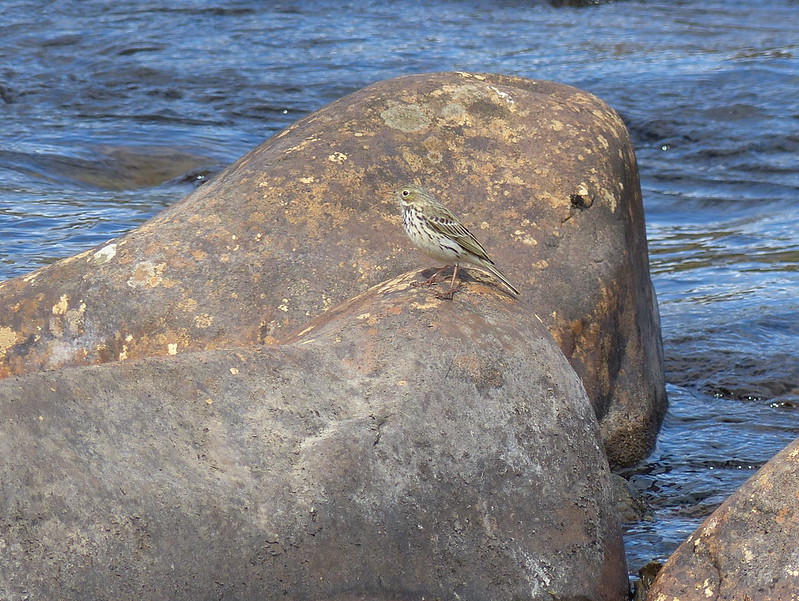

More Bird’s-eye Primroses.

Falcon Clints.
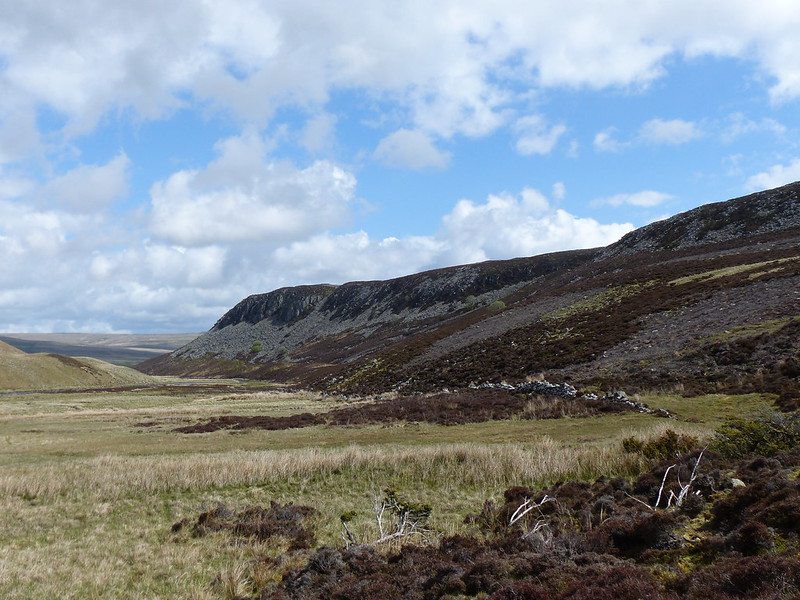
Raven Scar and Fox Earths.

Looking back down on Falcom Clints and the River Tees.
I finally left the river for the short climb to Man Gate and onto Cronkley Fell. It was here that I hoped to spot the rare flowers I had set out to find, but I had already enjoyed my walk so much that I decided that if they proved hard to find, I would be none-the-less happy about my decision to come this way.
In the event, I could hardly miss them…

Spring Gentians.
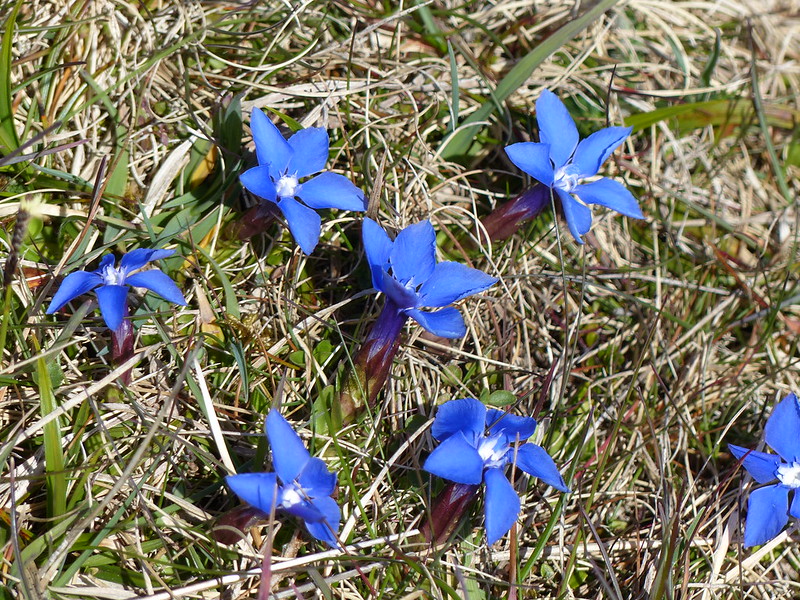
On Cronkley Fell several areas are fenced off to protect the flora, presumably from sheep and rabbits.
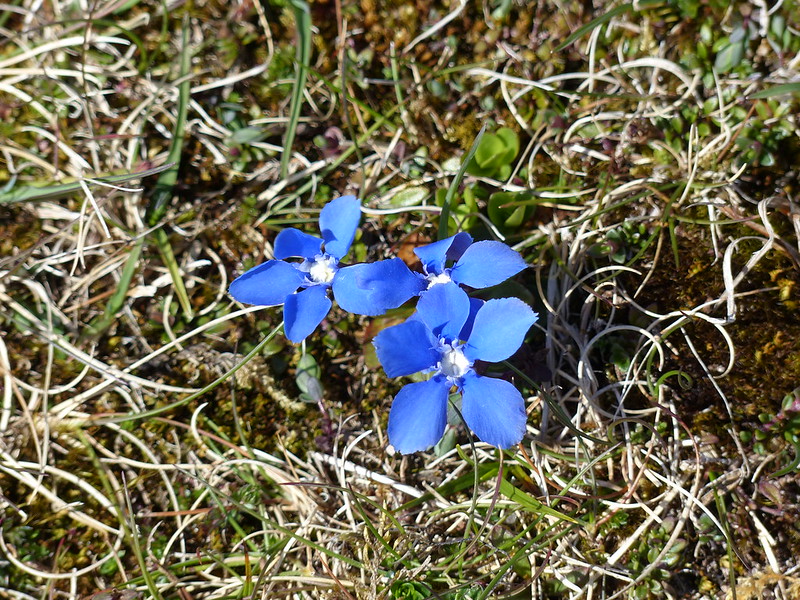

The gentians are present here because of the Sugar Limestone…

A metamorphic rock which has been crystallised by volcanic activity. It produces a fine, granular, almost sandy soil.
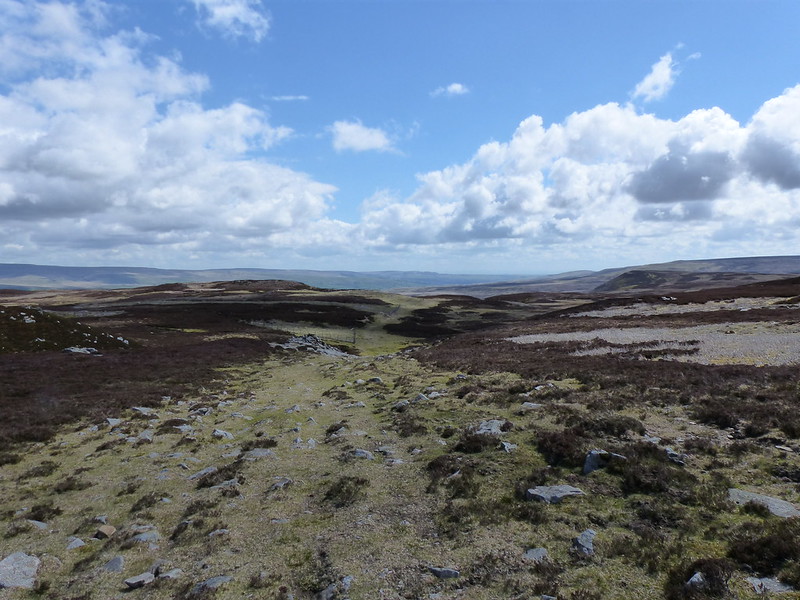
I think that these tiny, delicate flowers…
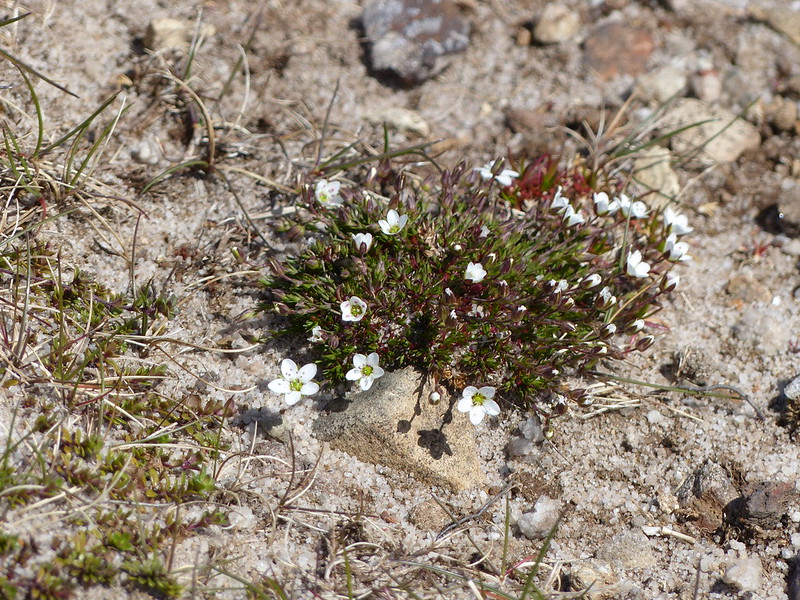
…are Spring Sandwort, such a good indicator of the presence of lead that it was also once known as Leadwort.
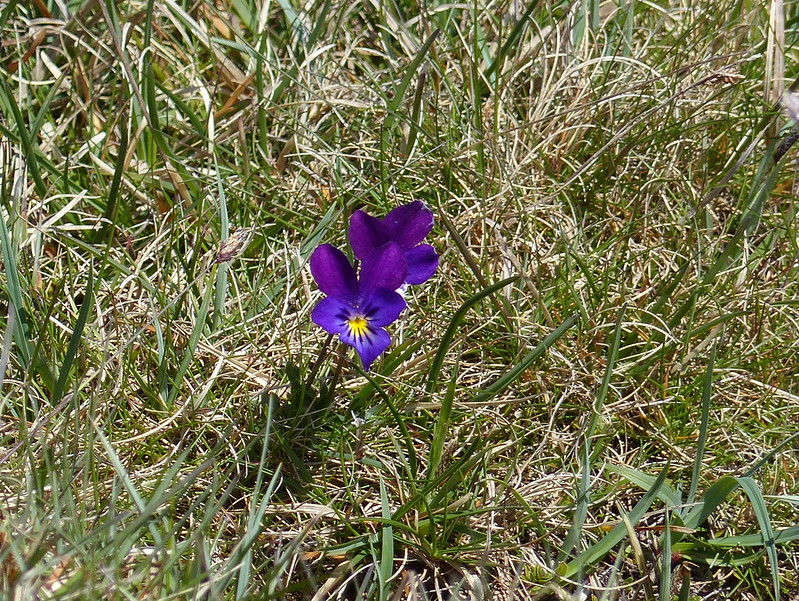
More Mountain Pansies.
We are lucky at home, we have Bird’s-eye Primroses flowering nearby, right on the southern limit of their range. But I’ve never seen them growing in such profusion as they were here…

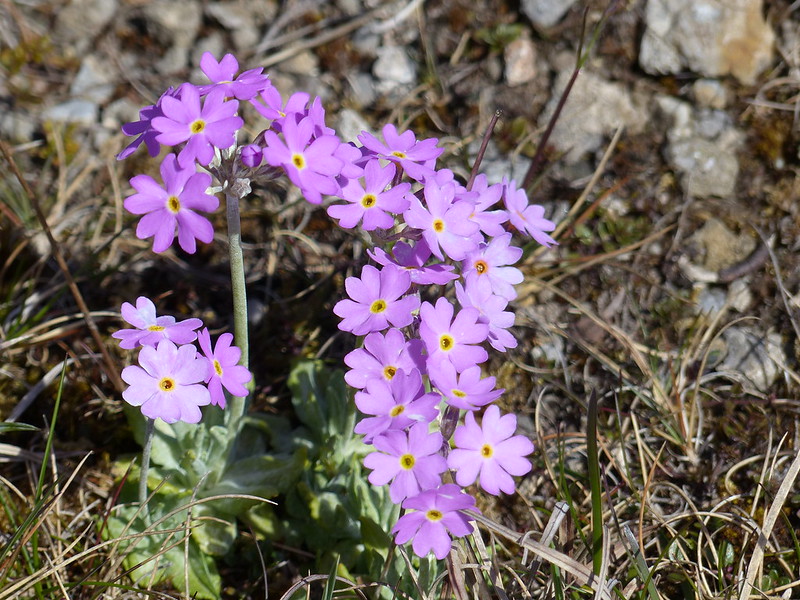

I tried, unsuccessfully, to find a place sufficiently out of the wind to make it feasible to get my stove lit for a brew. Since I couldn’t, I rattled on, heading back down towards Bracken Rigg.
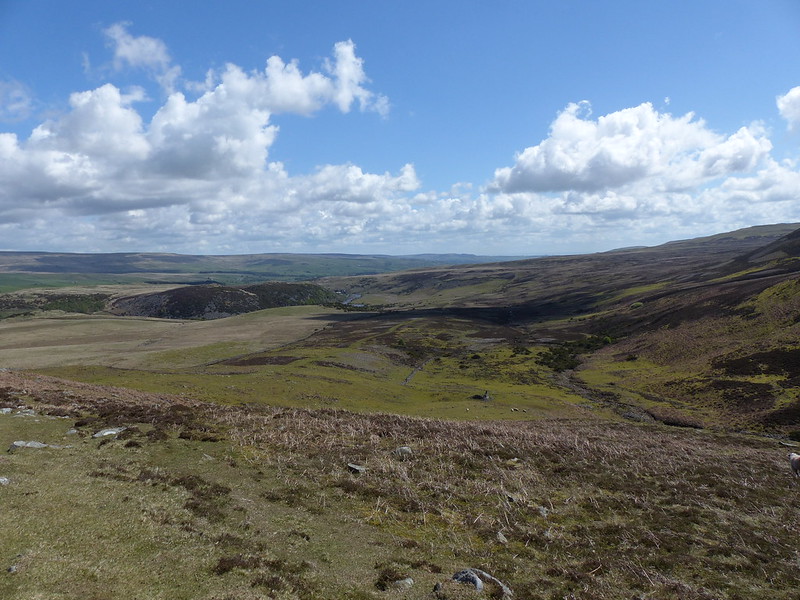
Dropping down Birk Rigg I met a couple of walkers, the first I’d spoken to all day. It was around noon – these are lonely moors.
Well, they had been. I was vacillating: should I head back down Bracken Rigg and retrace my steps along the river, or vary the route by continuing along the higher moorland path. I’d enjoyed the riverside path so much that I was very tempted to follow that course, but just as I reached the path junction, a huge party came along the Pennine Way towards me from the river; I changed my mind and stuck with the higher path.
If I hadn’t I probably wouldn’t have seen…
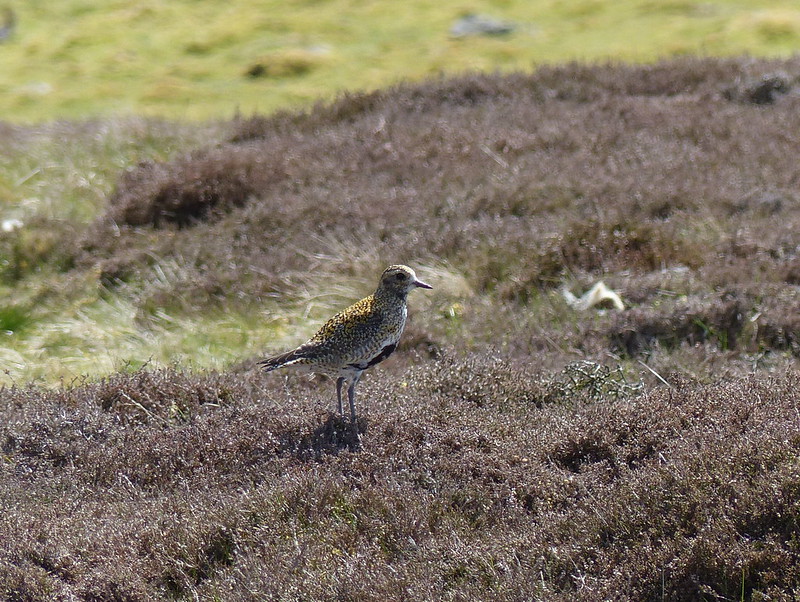
…this, which I think is a Golden Plover. The only reason I’m unsure is that all of my books show that black patch on the belly extending all the way up to the face. But this is summer breeding plumage, so perhaps this is a transition phase.
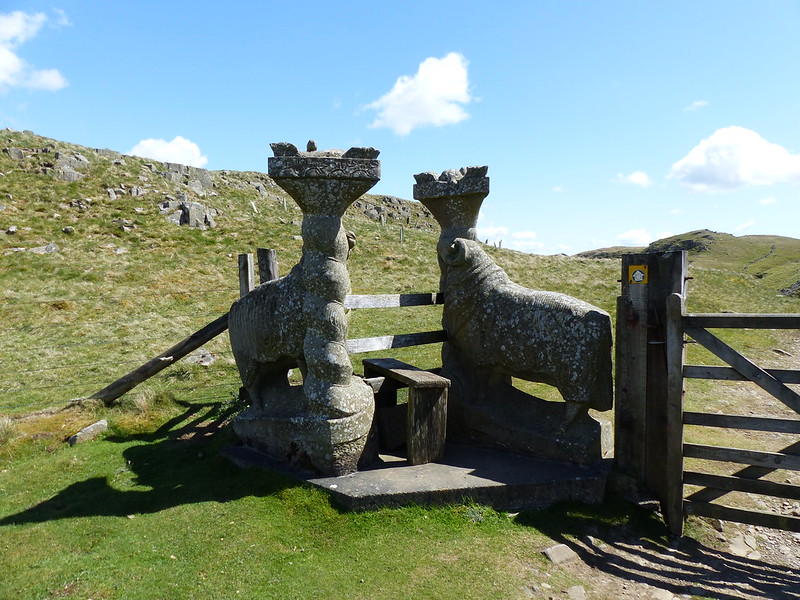
An unusual stile.
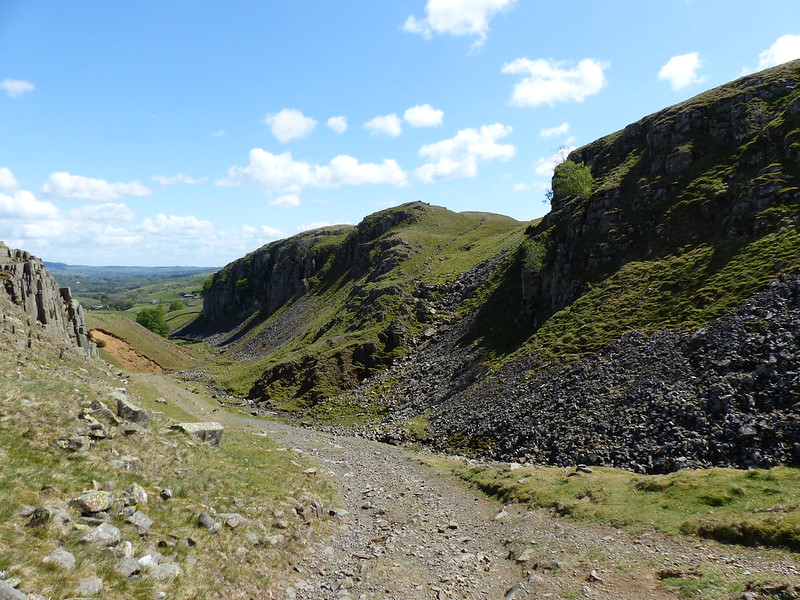
Holwick Scars.
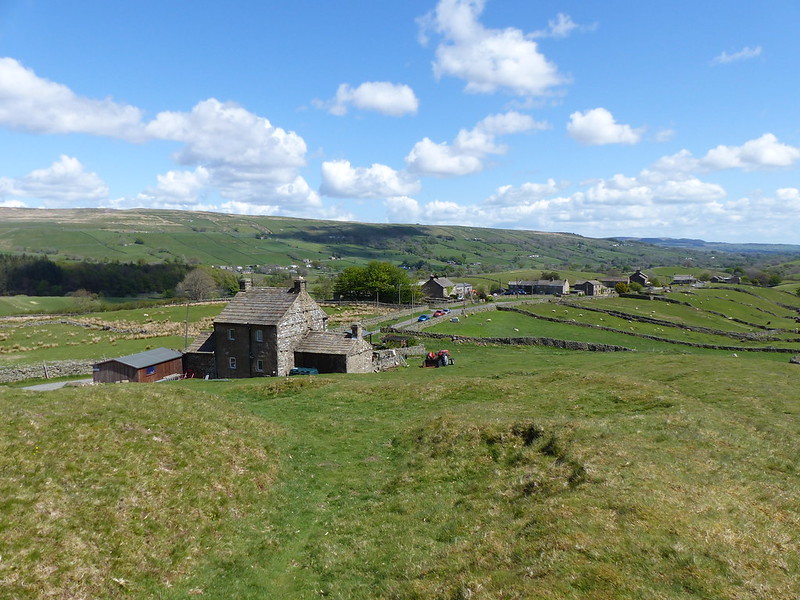
Holwick.
I turned out of Holwick on a minor lane heading back down towards Bowlees. A small, grey raptor landed in a tree ahead. It was gone almost as quickly with a lapwing in hafl-hearted attendance. It had something clutched in its claws. A Lapwing chick? It occurred to me later that this might have been a Merlin?
The hedge bottom by this same lane had a superb display of very tall Water Avens.
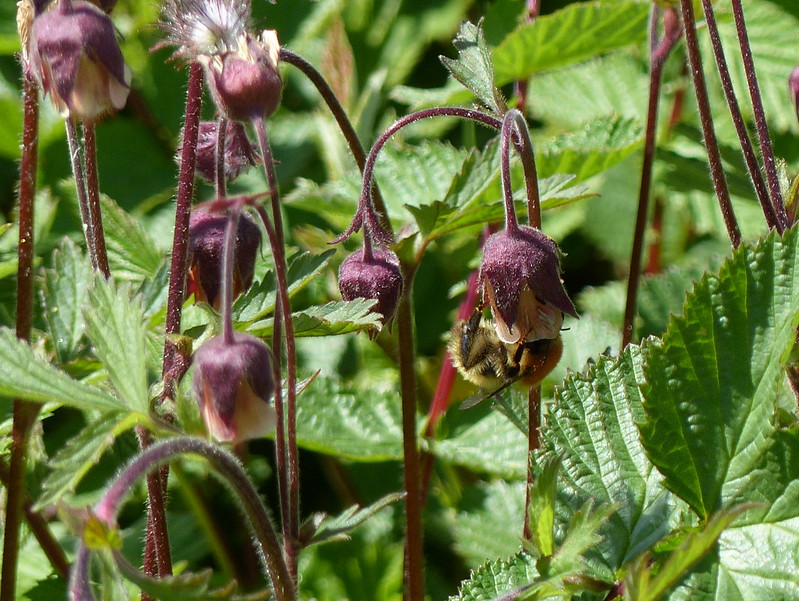

This Common Carder Bee was enjoying the Water Avens too. Moving with great agility from one flower to the next, without flying.
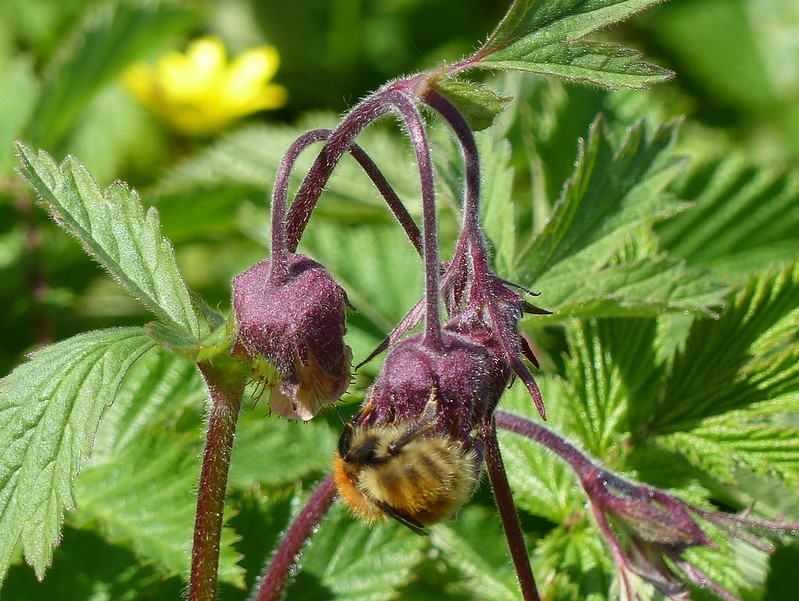

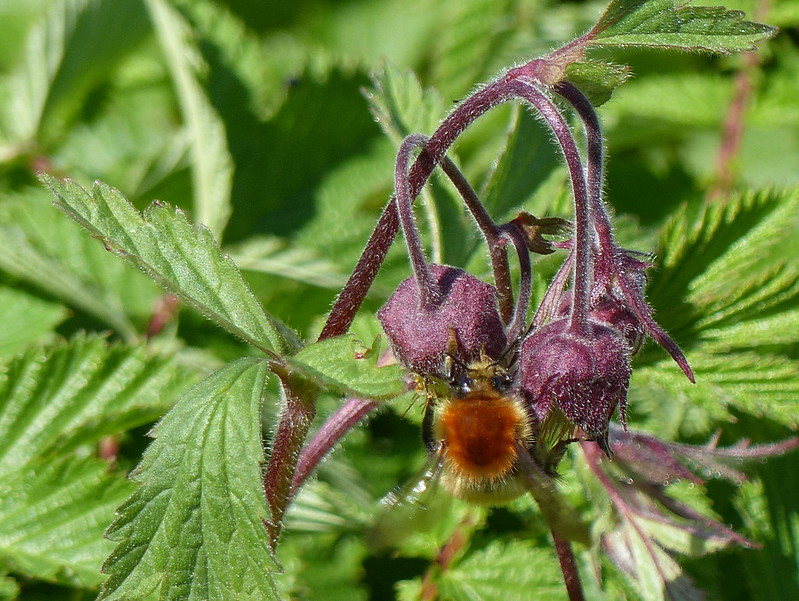
Lovely colours!
As I arrived back at Low Force…

I found myself quickly stripping off layers – it had been sunny for much of the morning, but now it was finally warming up.
I had thought at one point that I might struggle to get back for my later engagement, but now found that I unexpectedly had time for a bite of late lunch at the Visitor Centre…

I ate outside by a busy flowerbed…

…with bird-feeders just beyond.
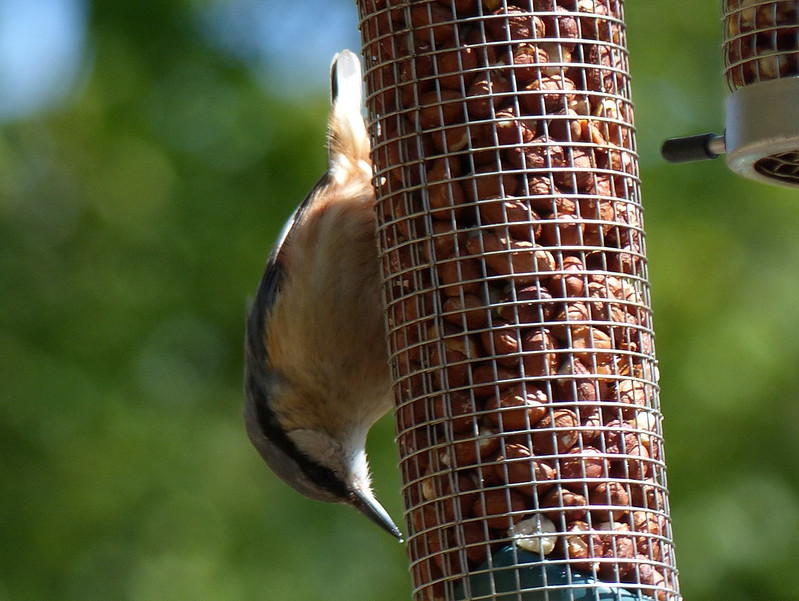
Nuthatch.
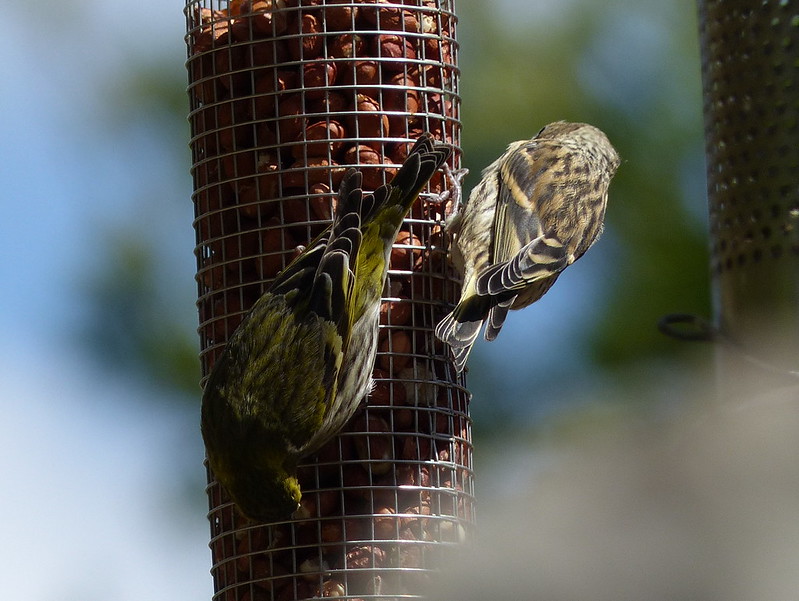
Siskins.
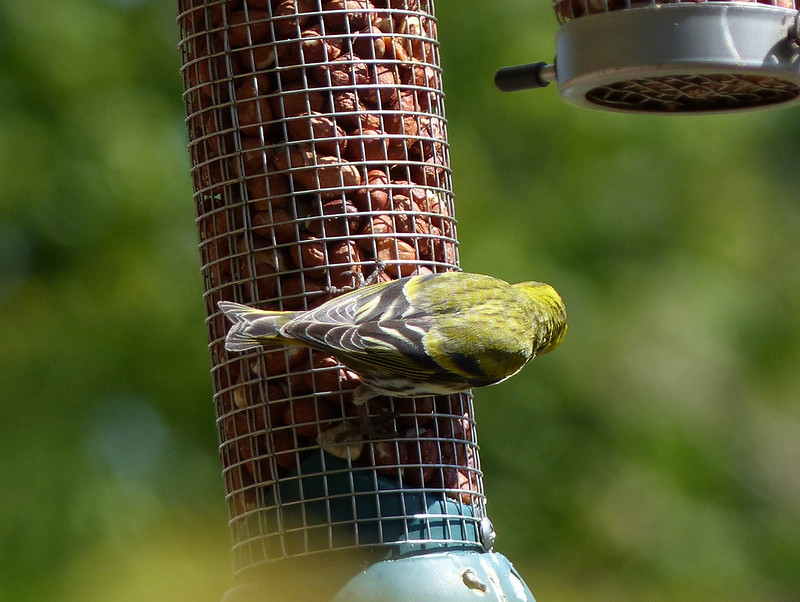
What a day!
And it wasn’t over yet: the reason I wanted to get home early was that The John Verity Band were playing at Five O’Clock in the Silverdale Hotel and we’d promised the kids we would take them. (It’s not often a former member of Argent plays in the pub around the corner – and if you know who Argent were, then you are showing your age). In the event, the kids made us leave at the interval – in some sort of weird role-reversal they complained that it was ‘too loud’. I was really enjoying myself. Fortunately, it seems that the band will be returning to the Lower House later this year, maybe more than once.

